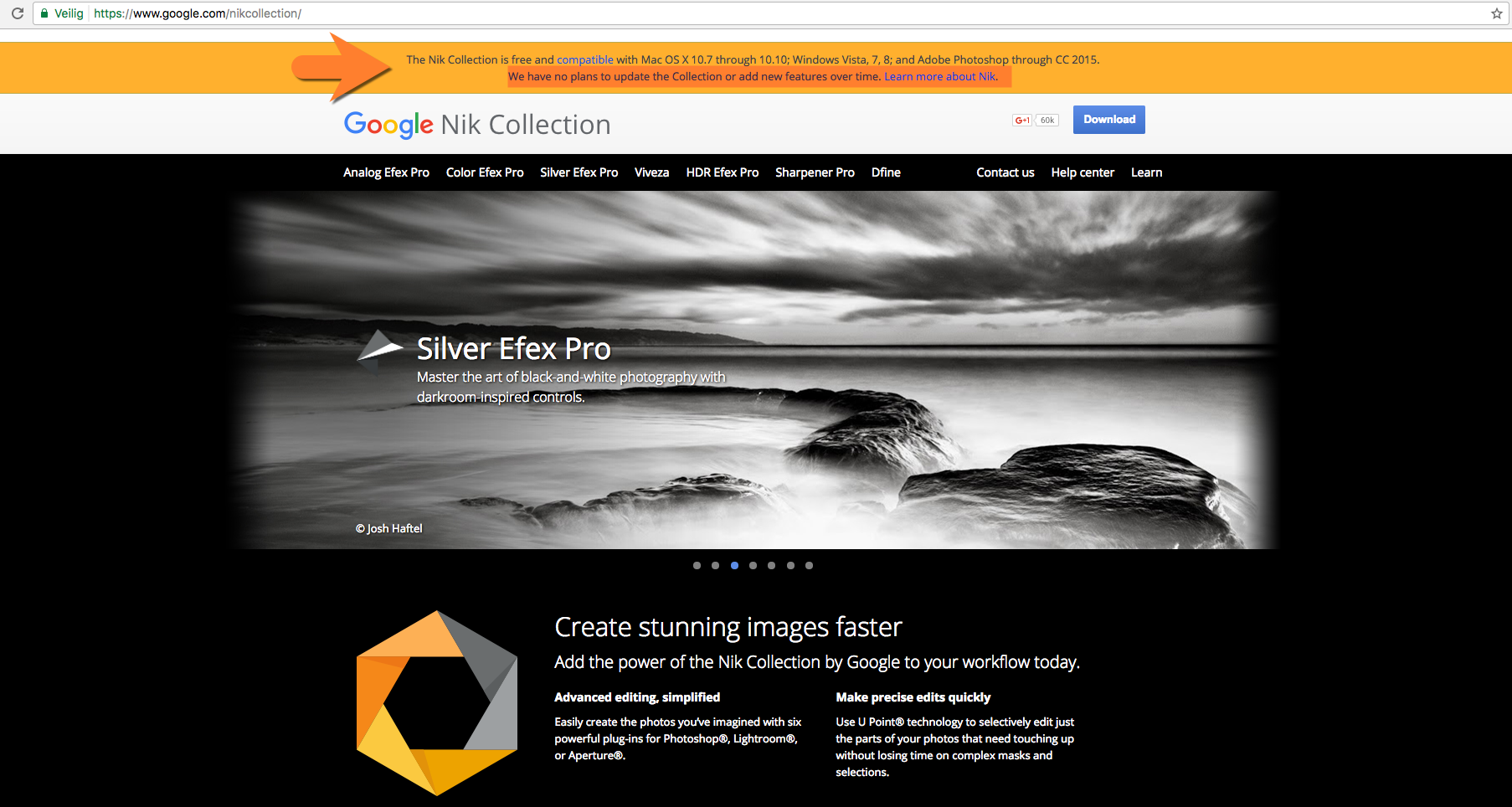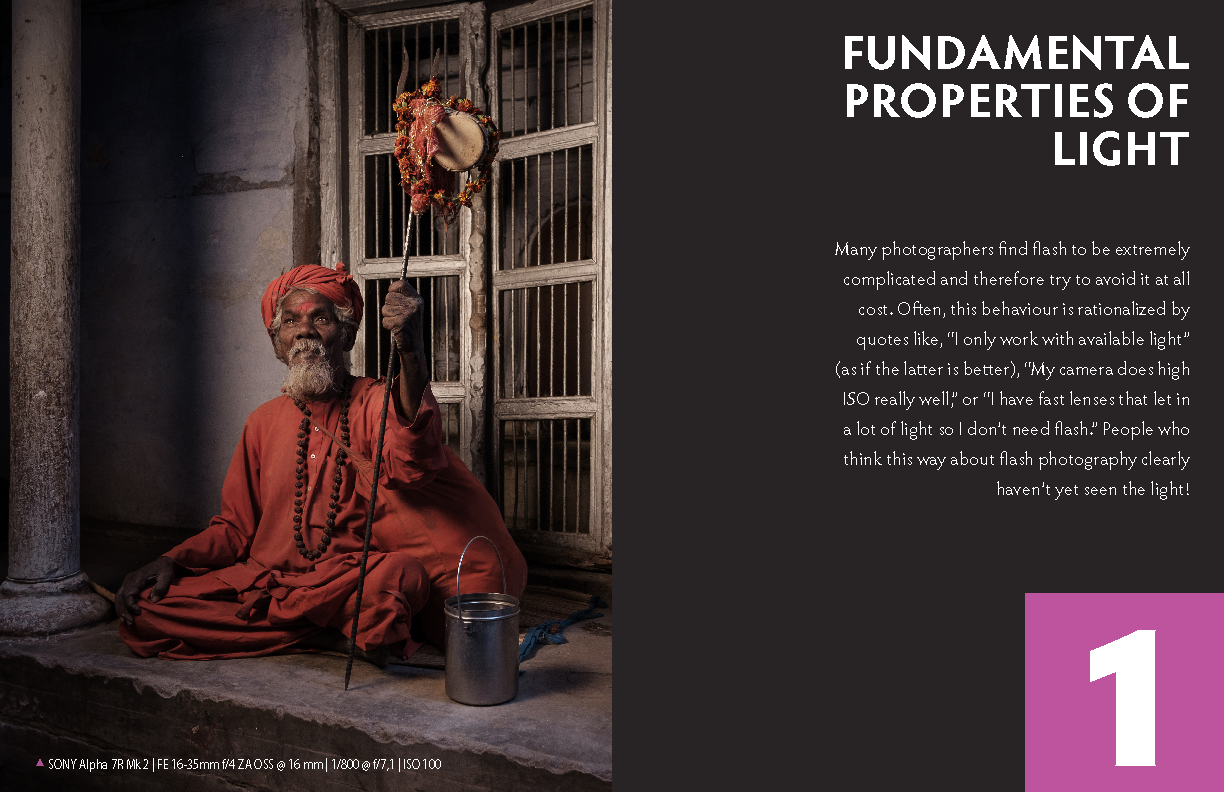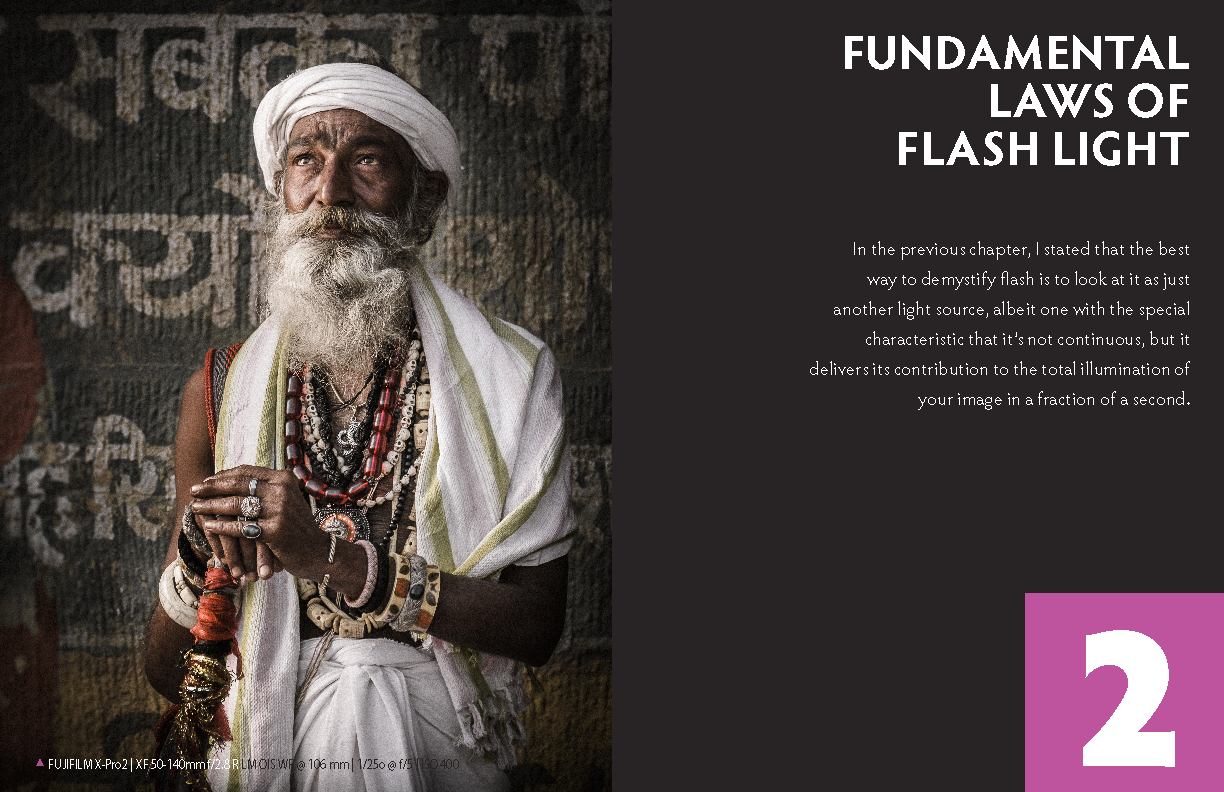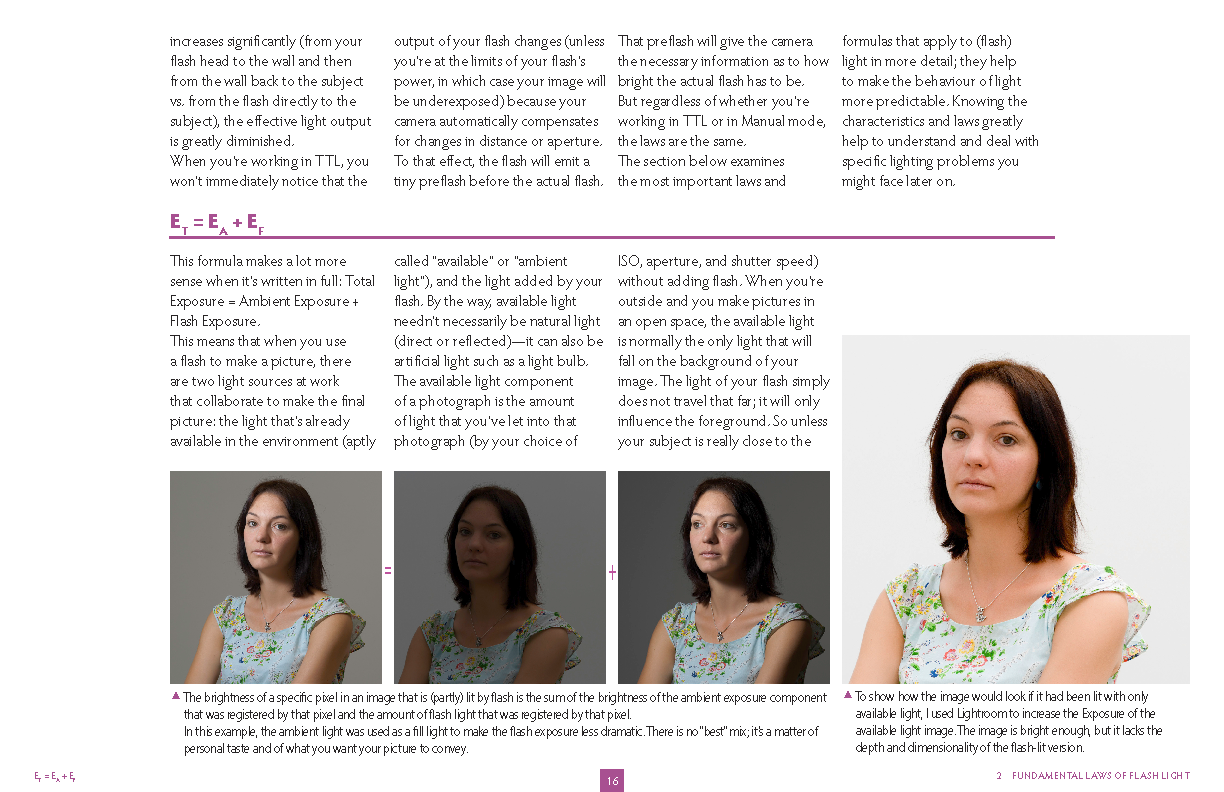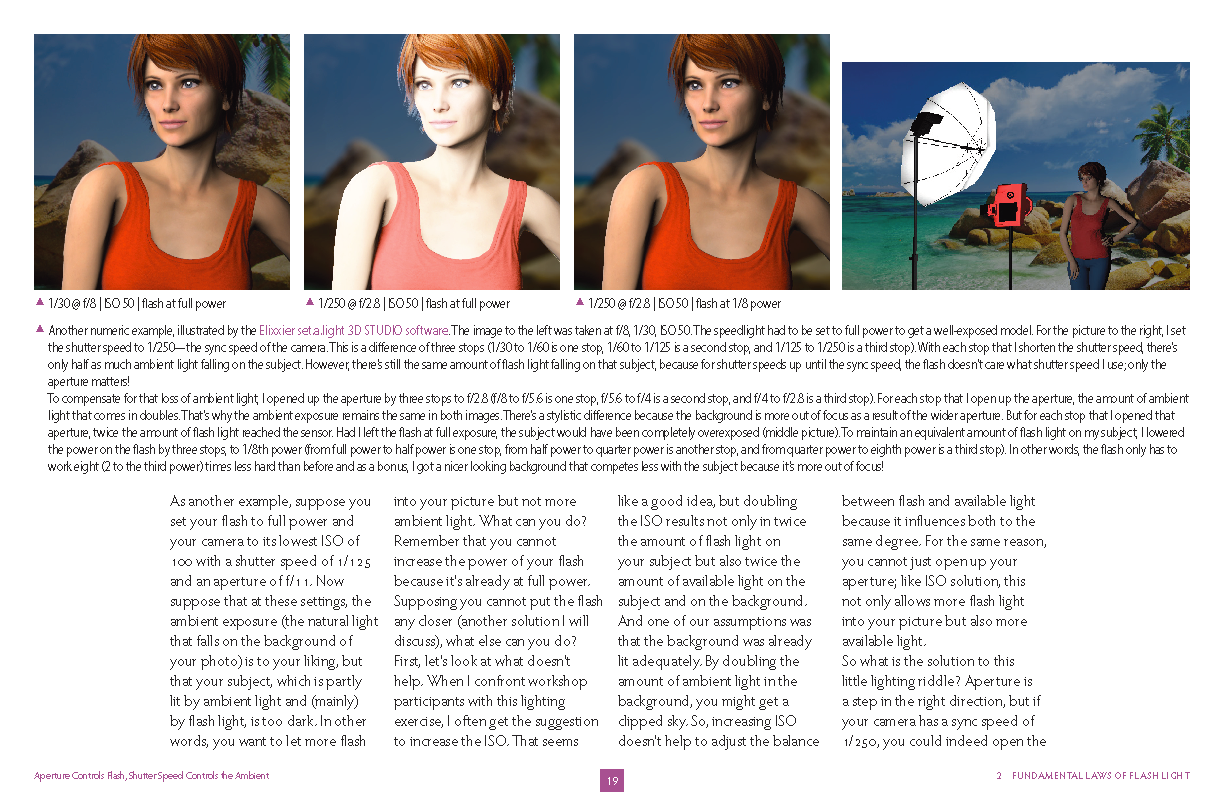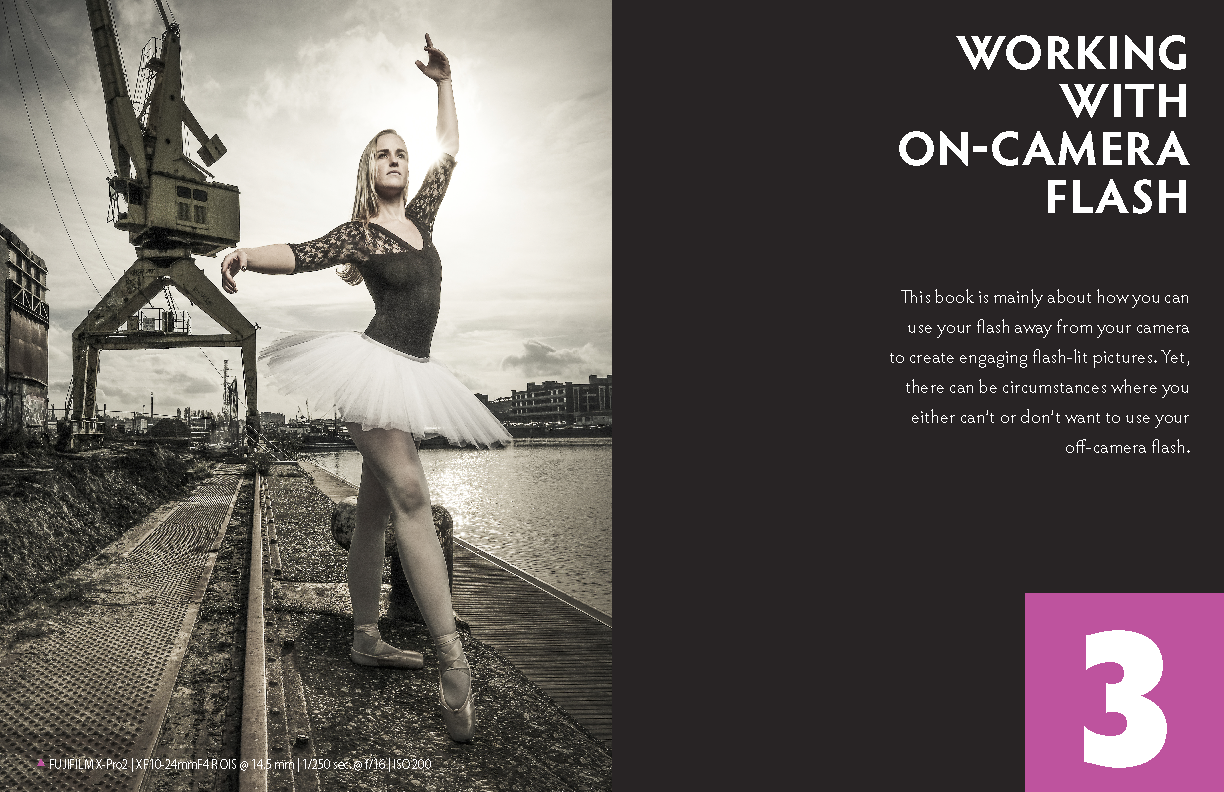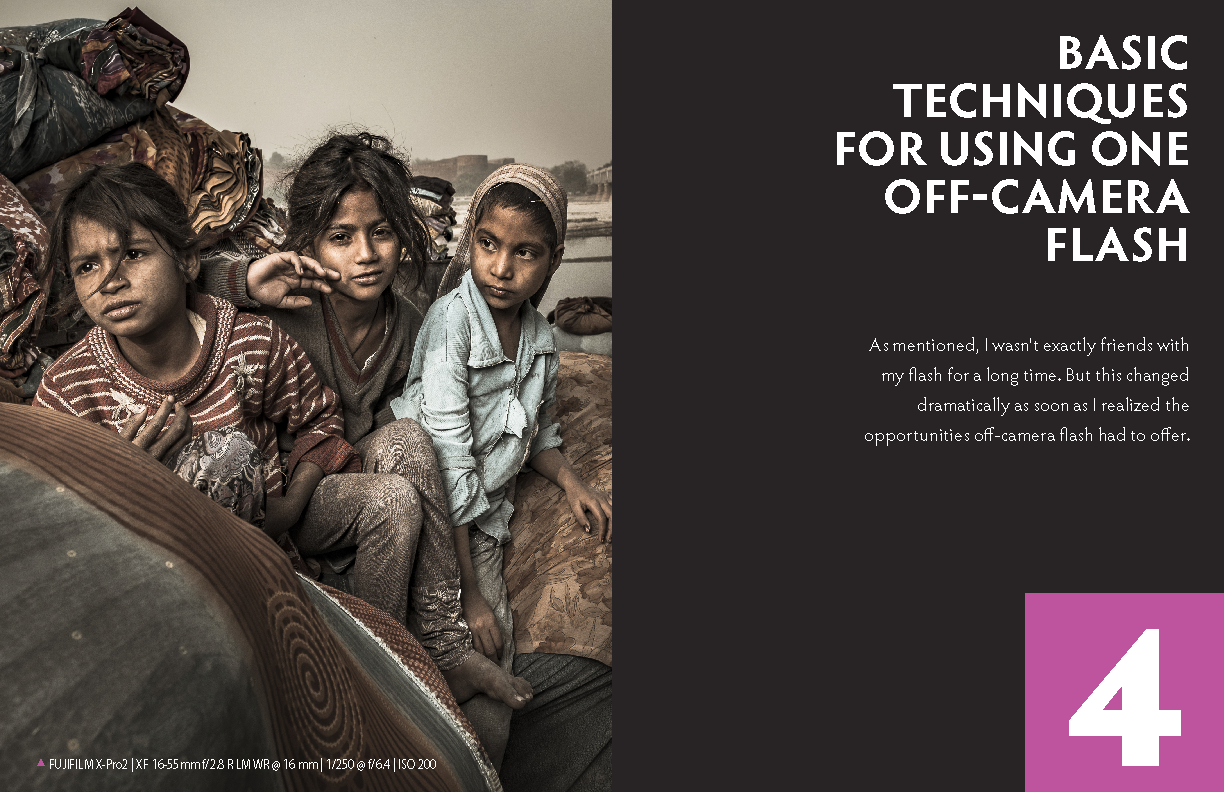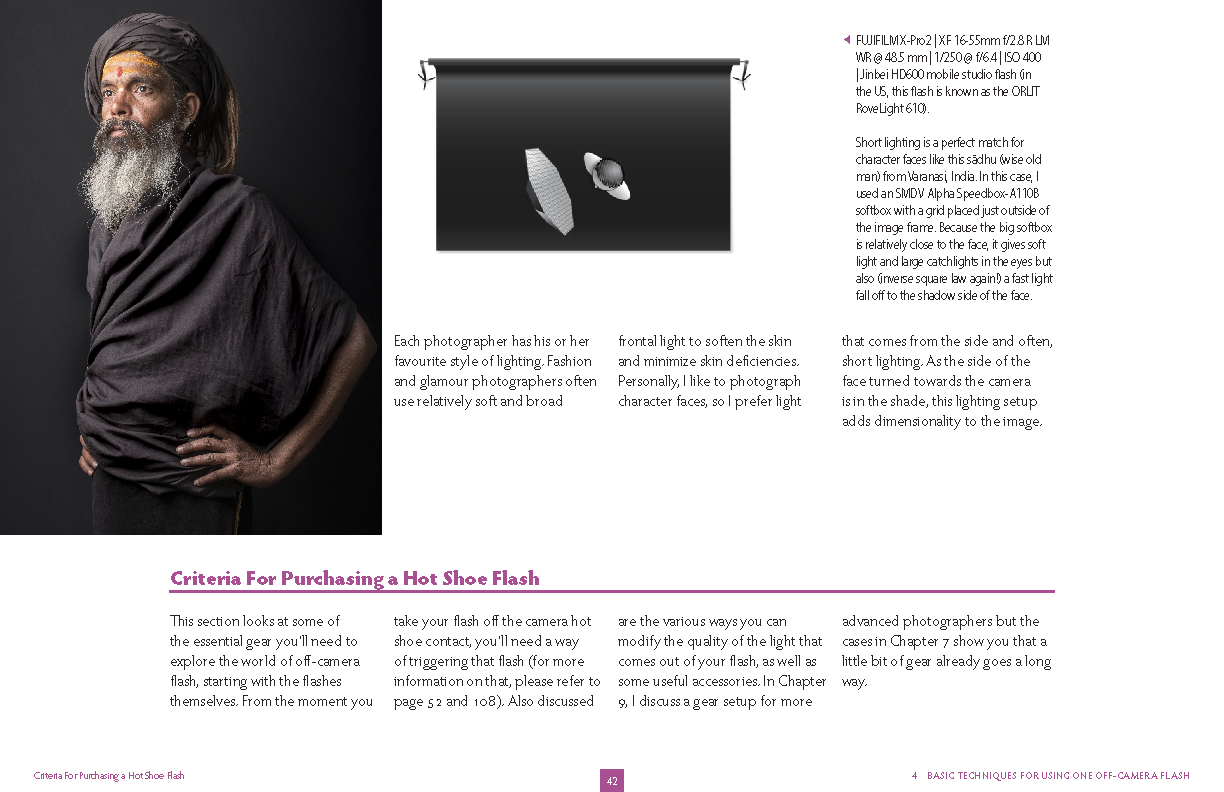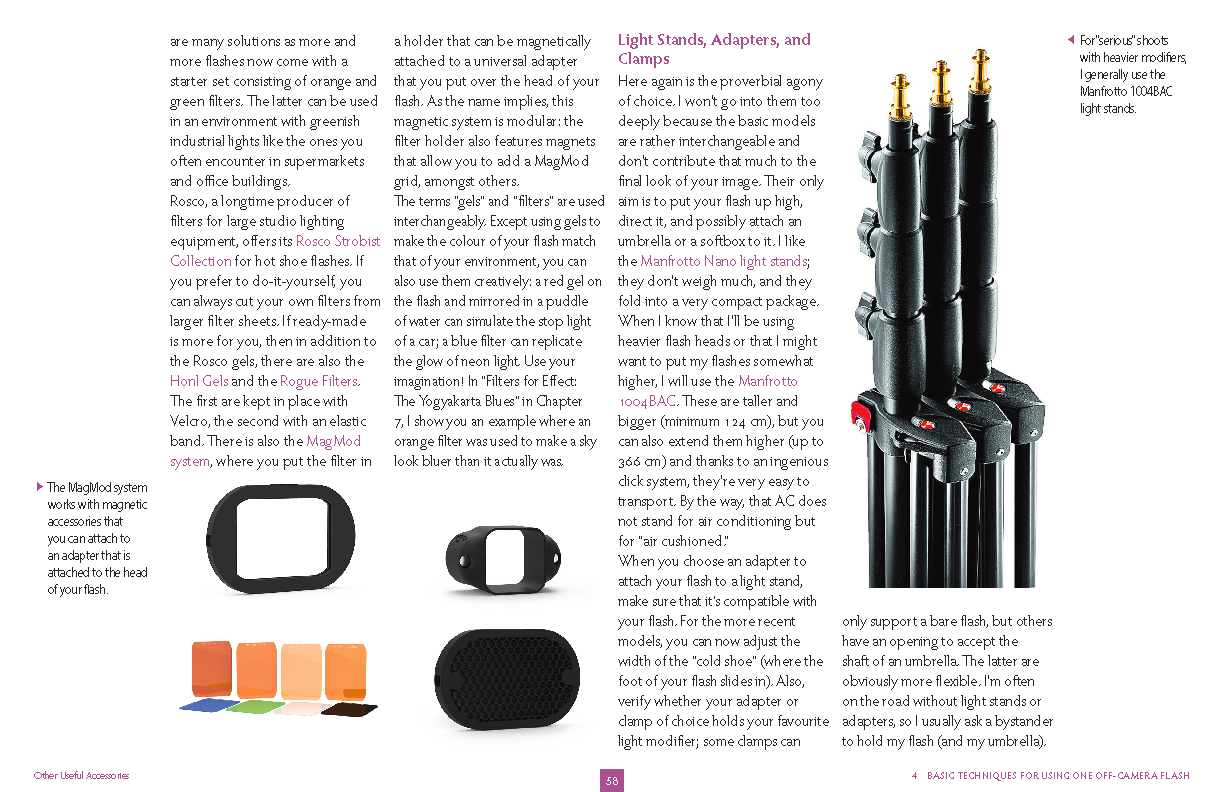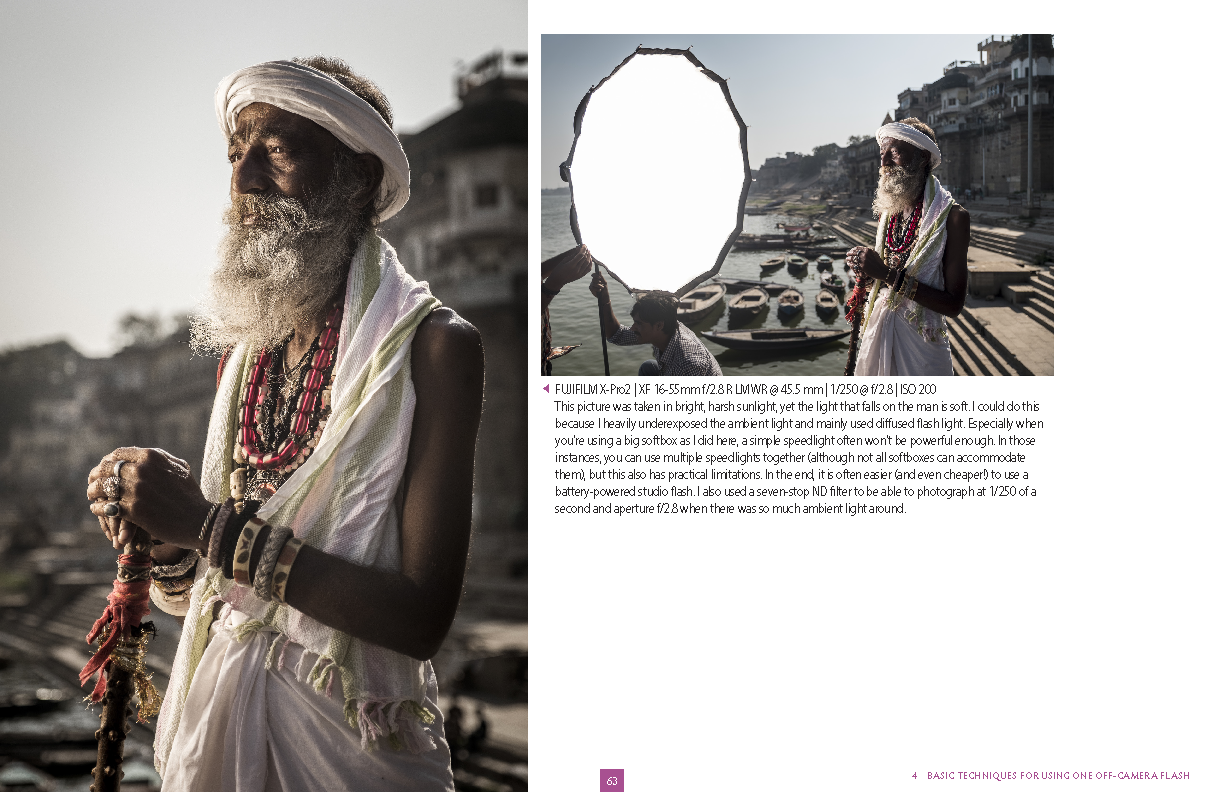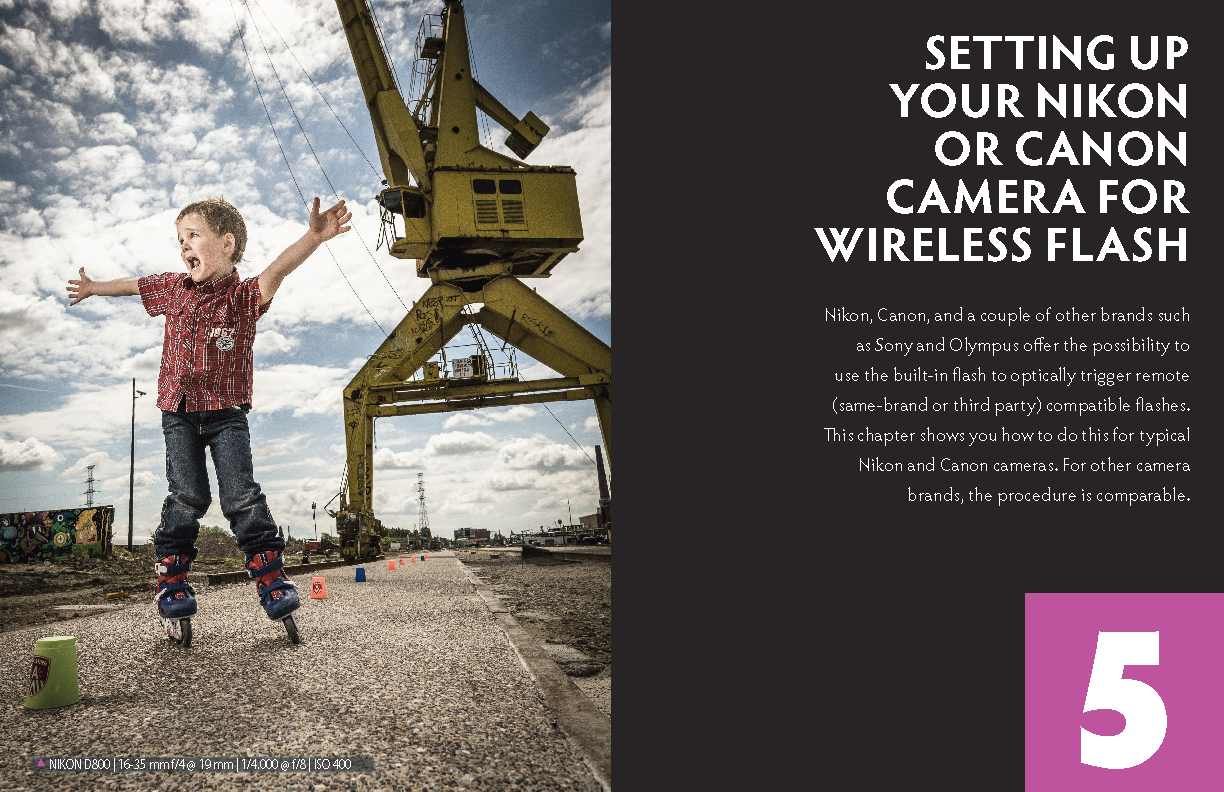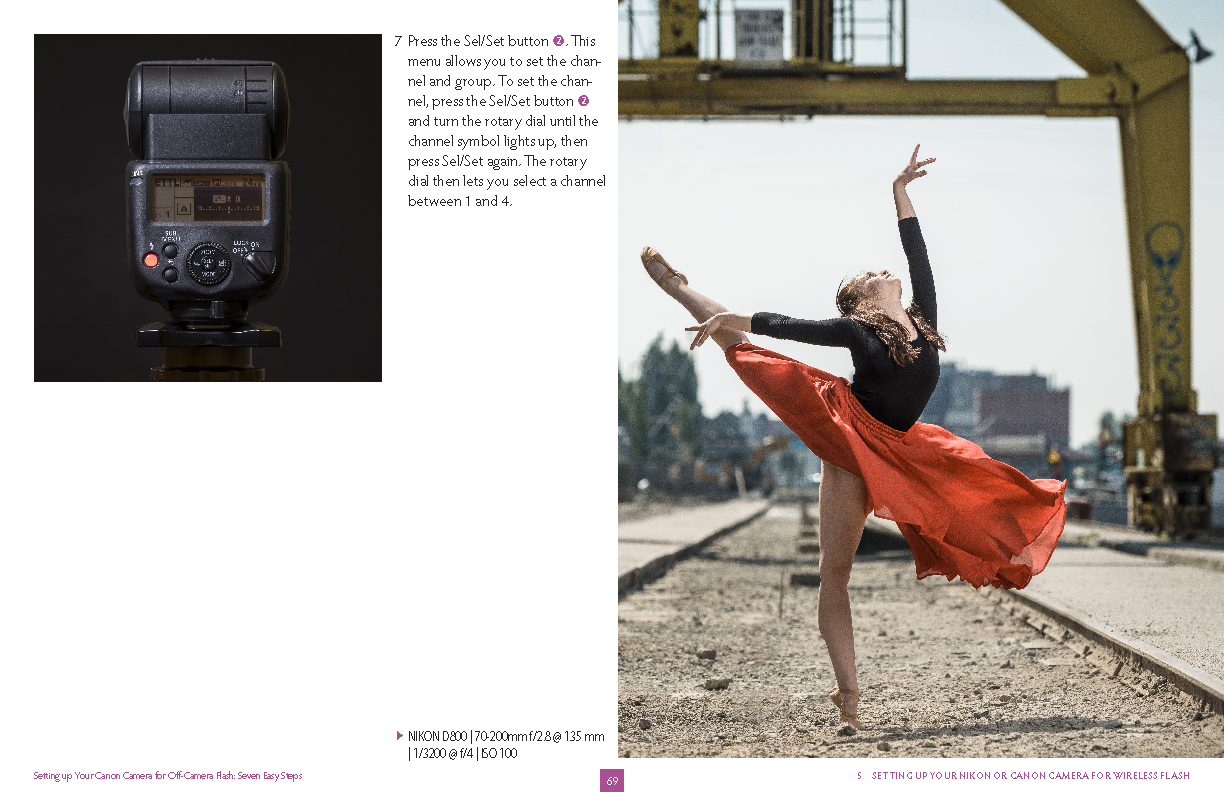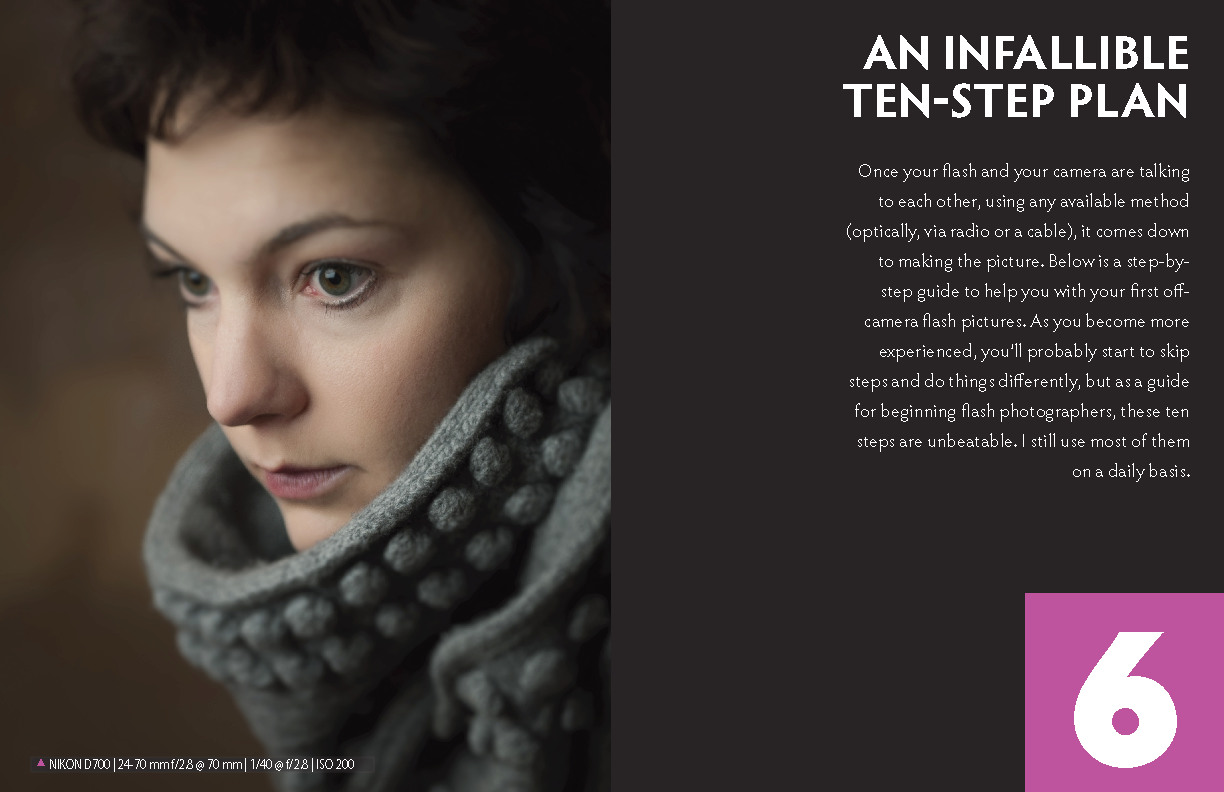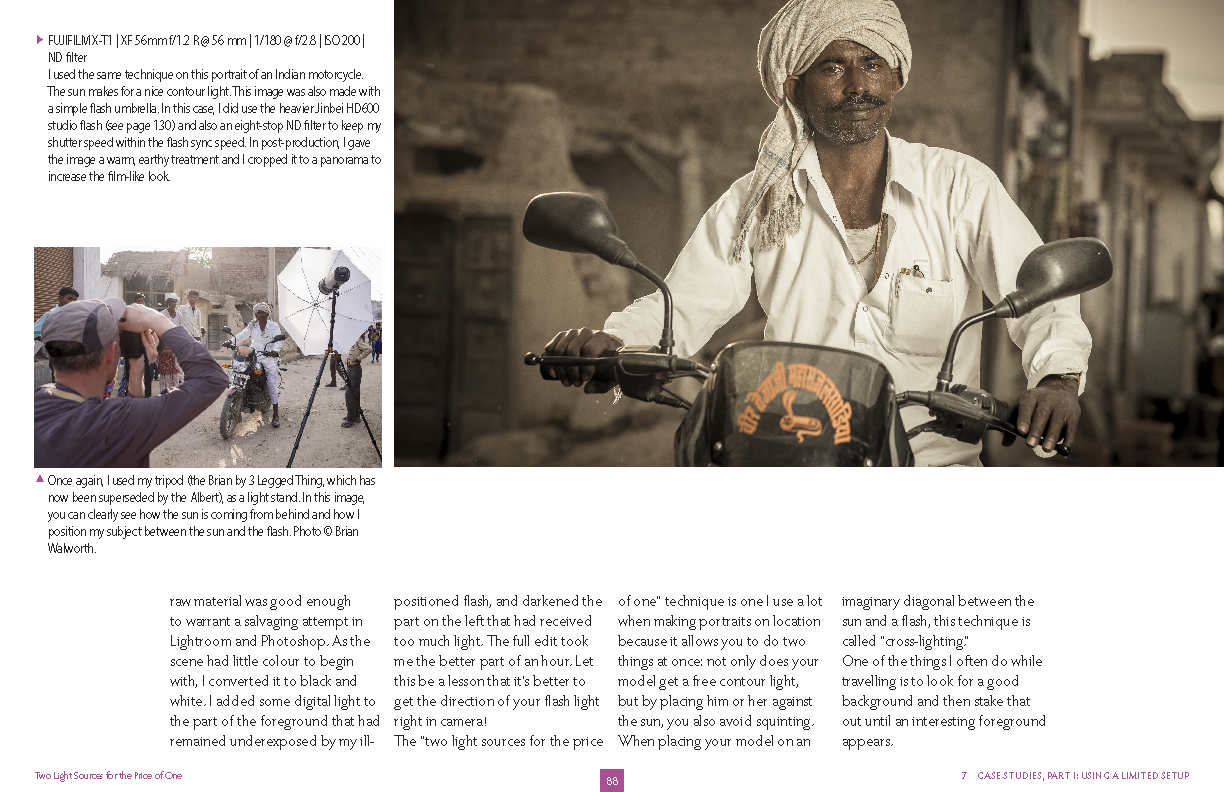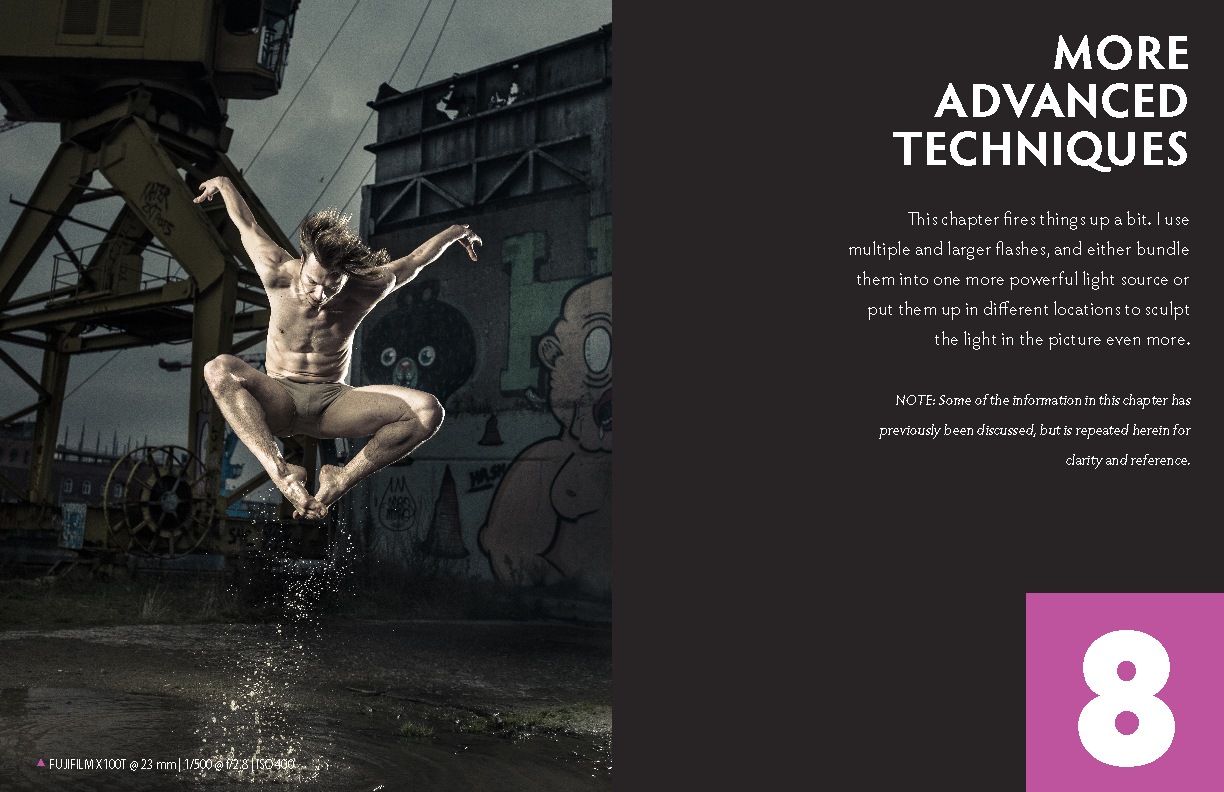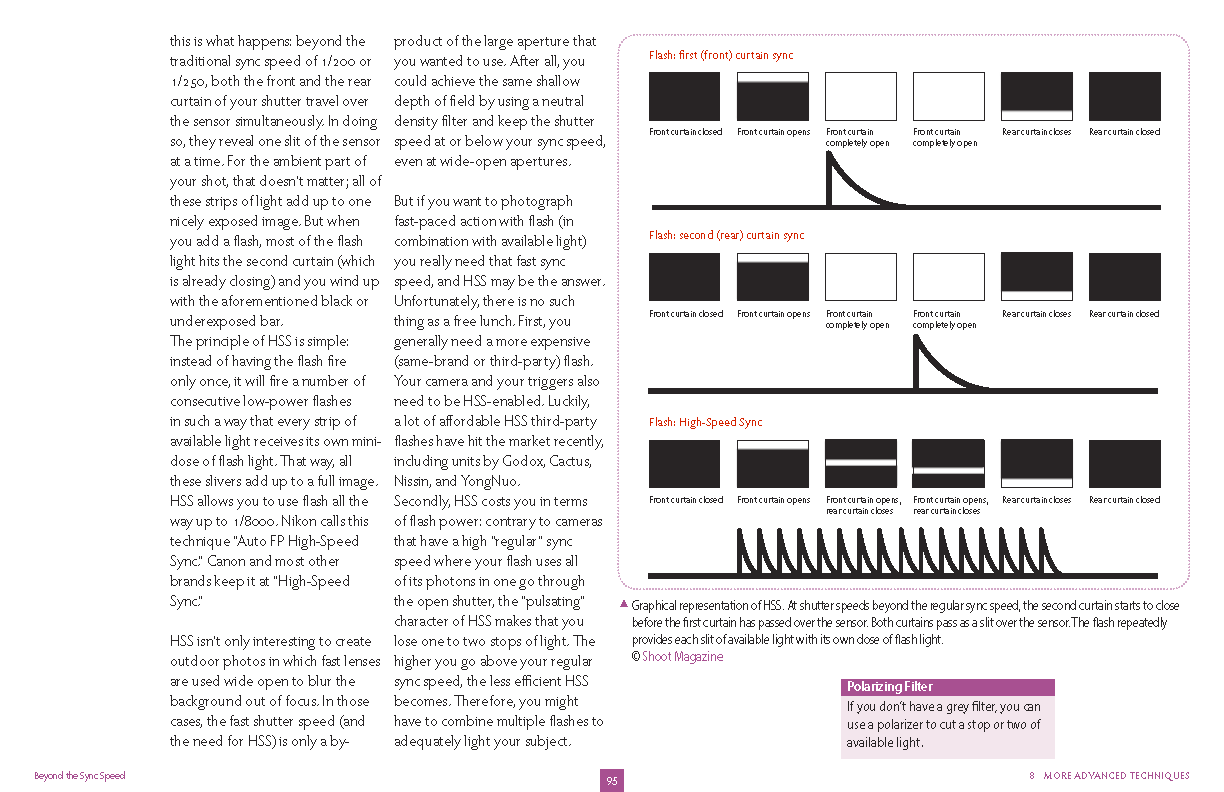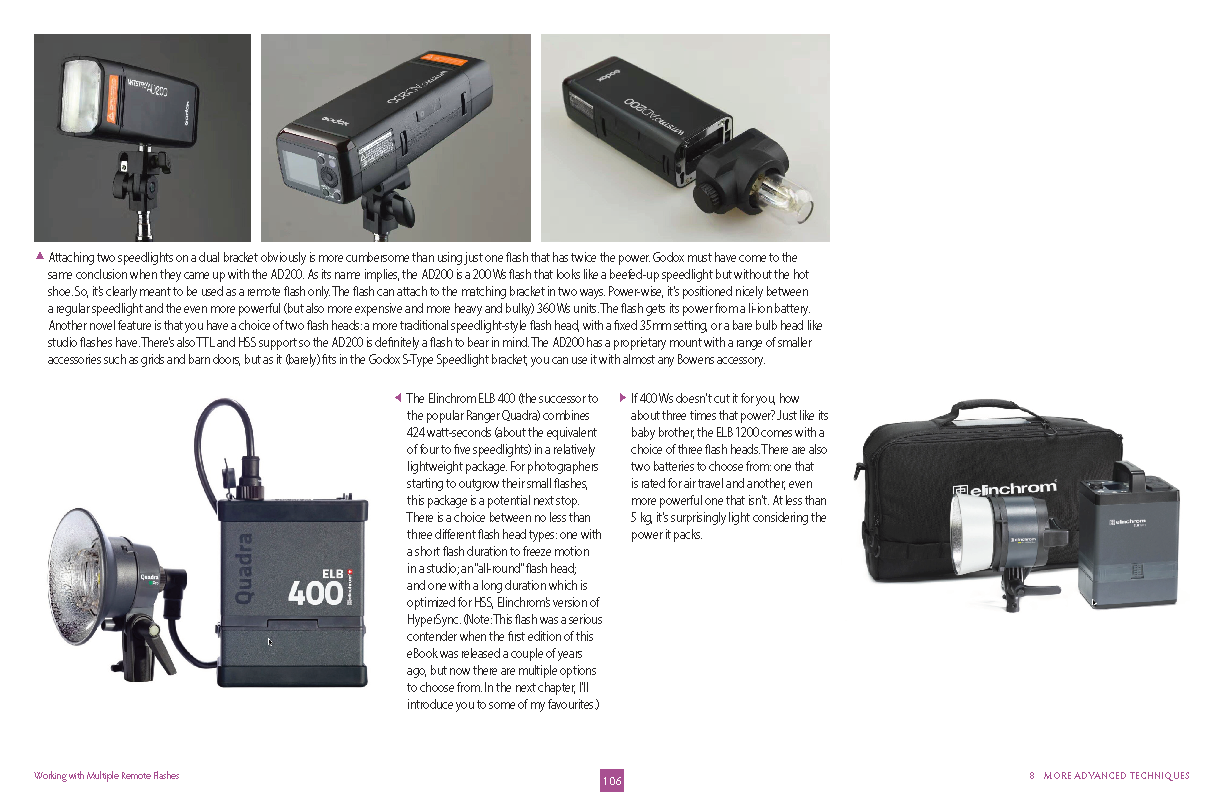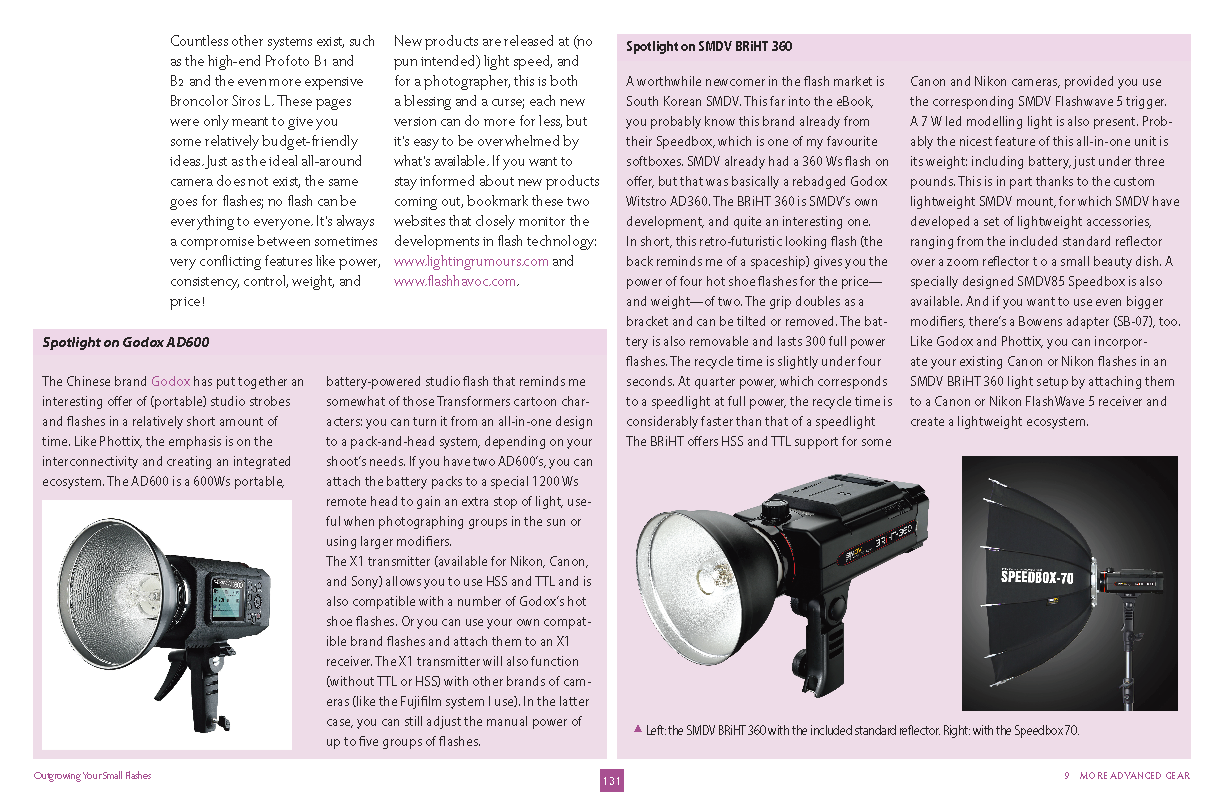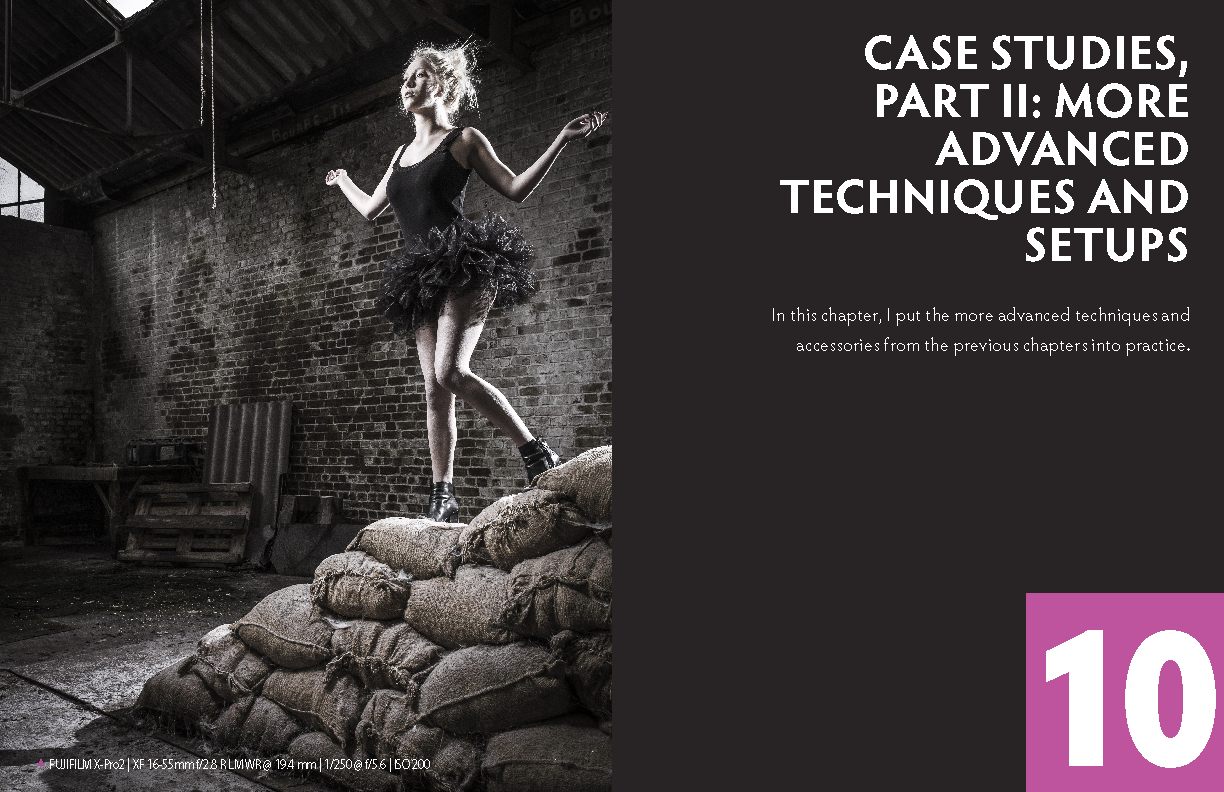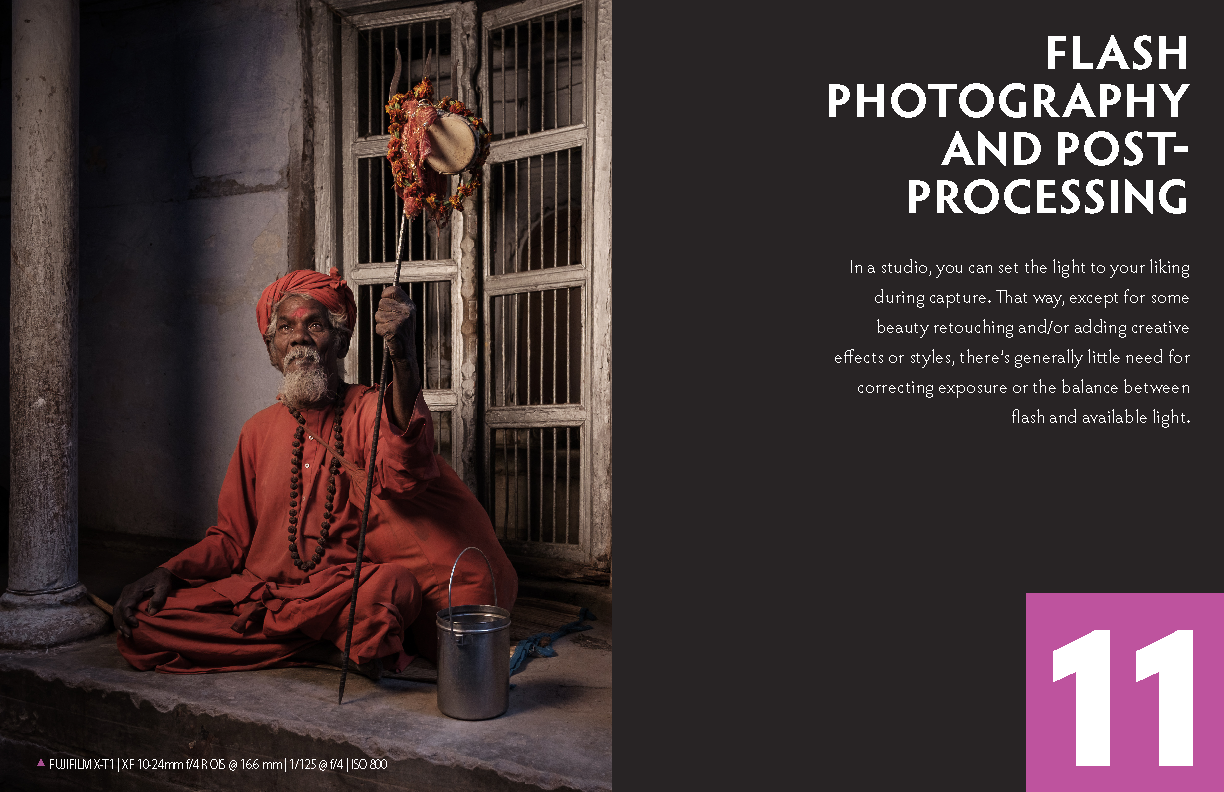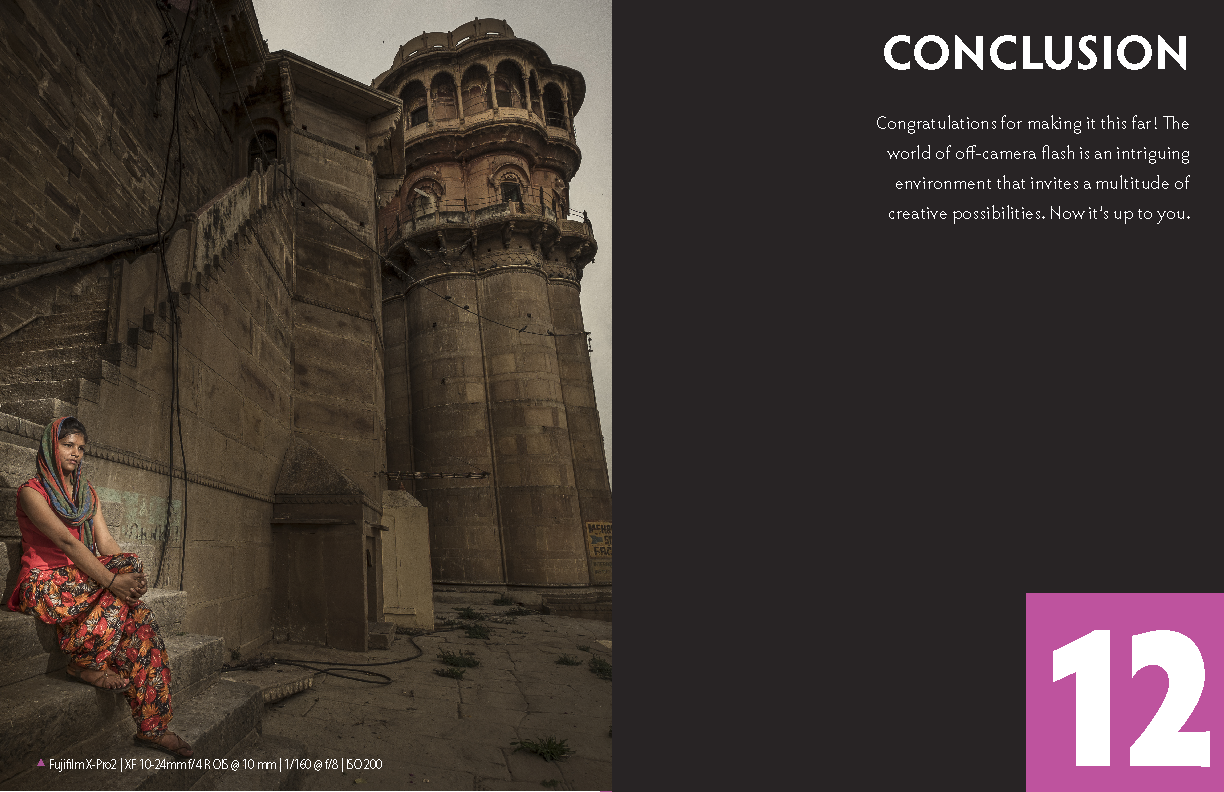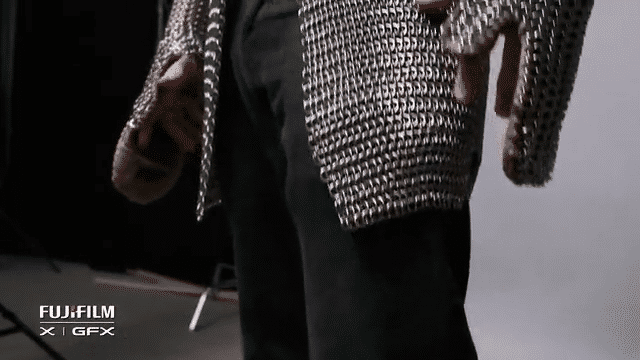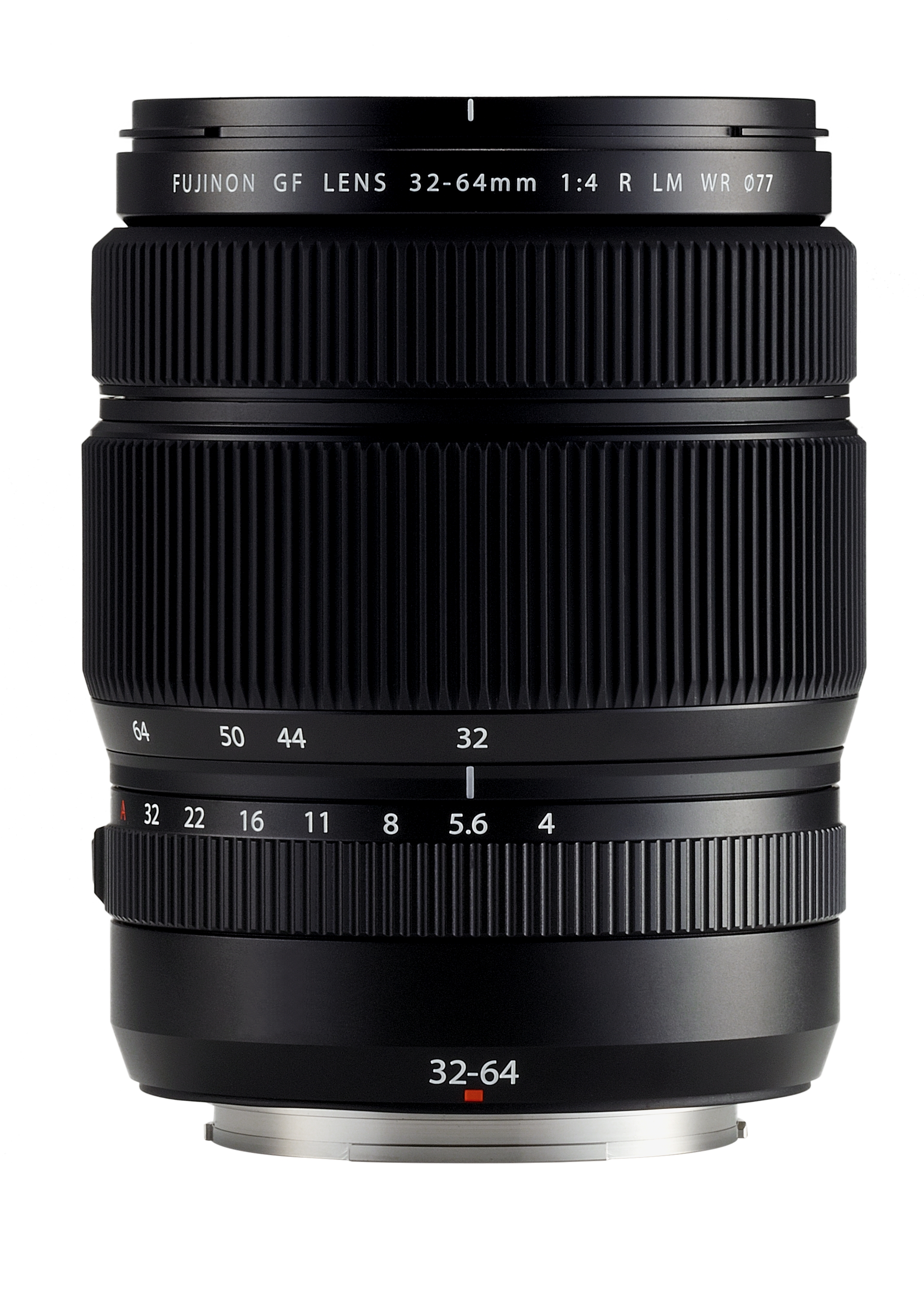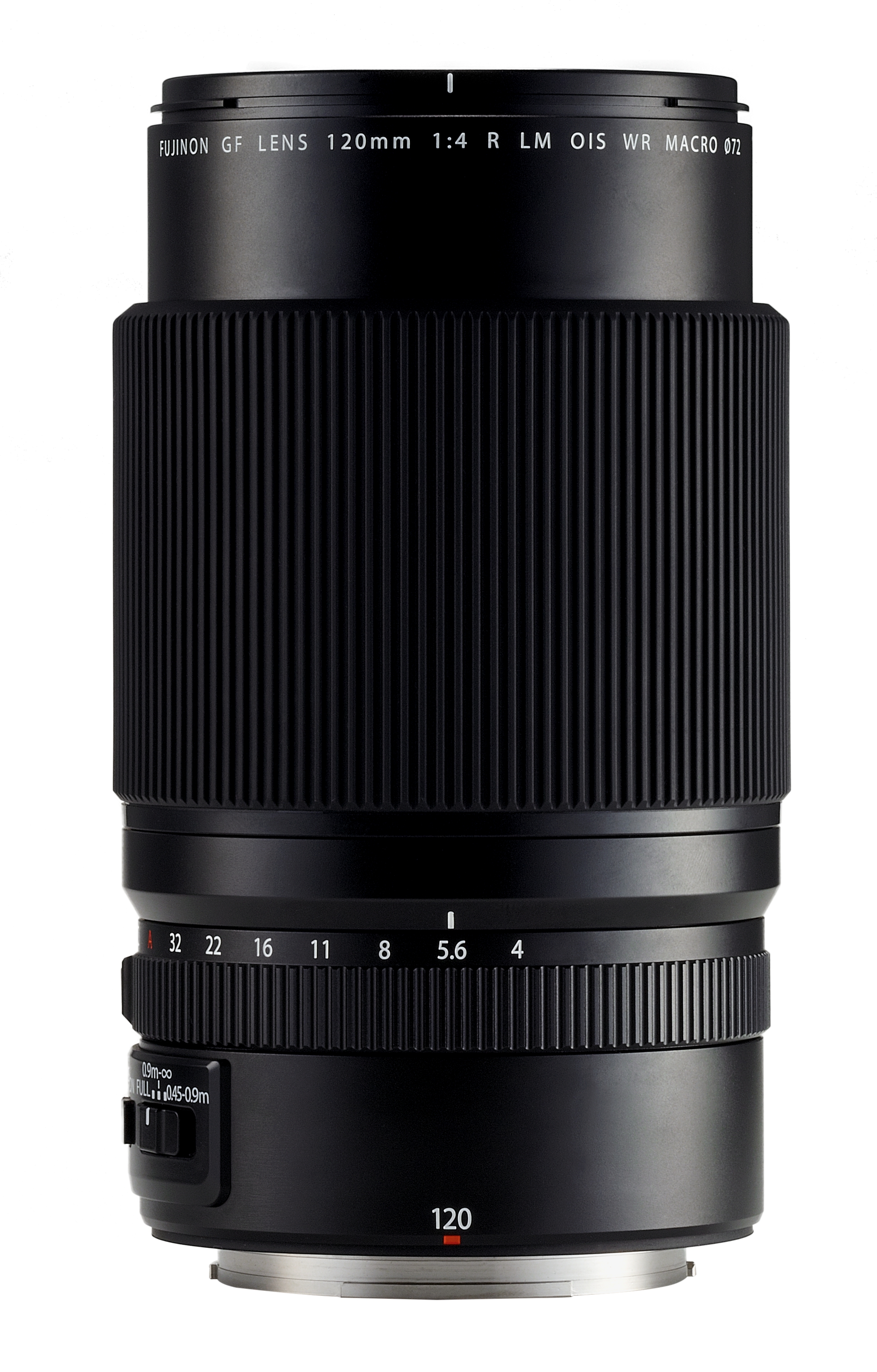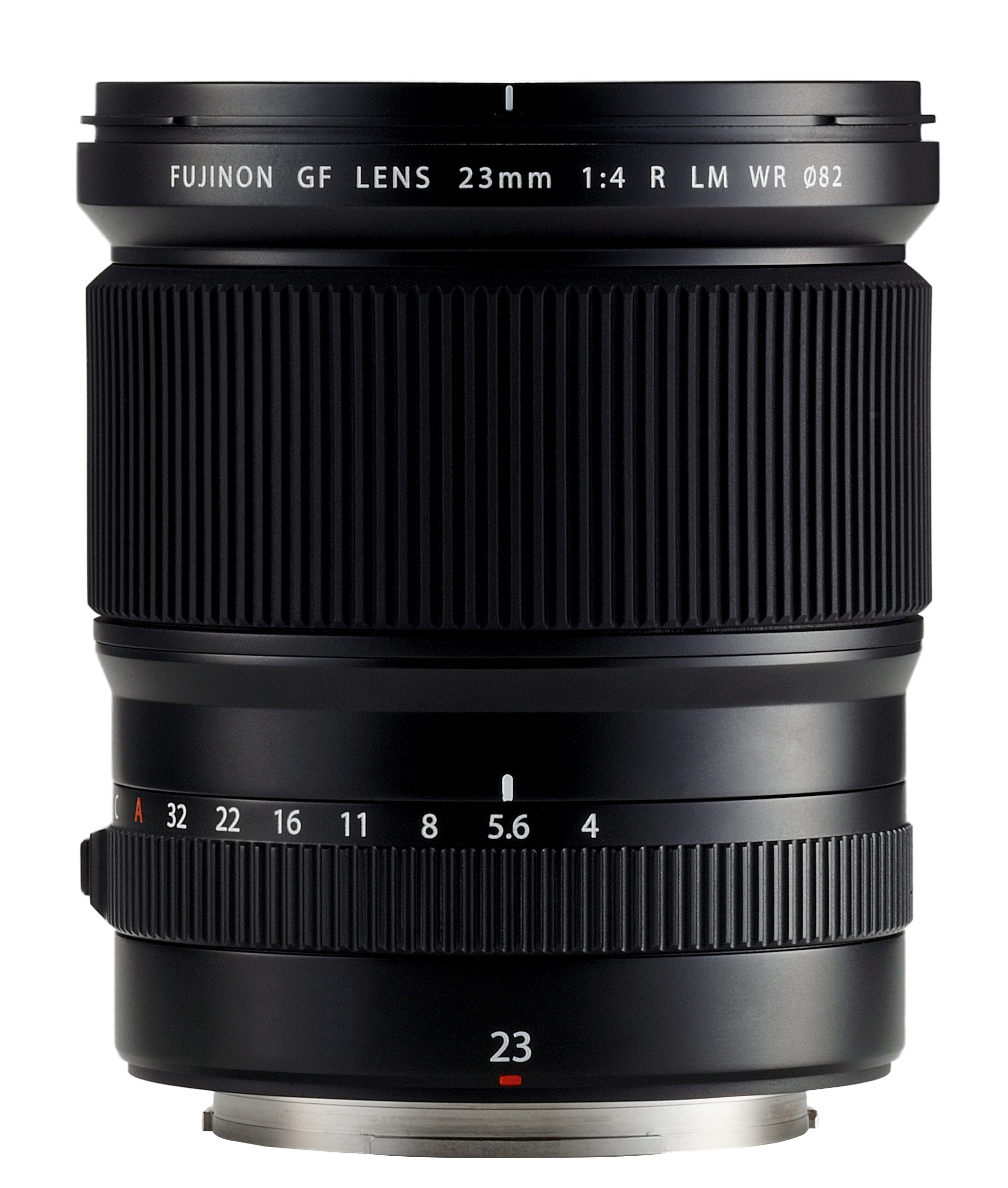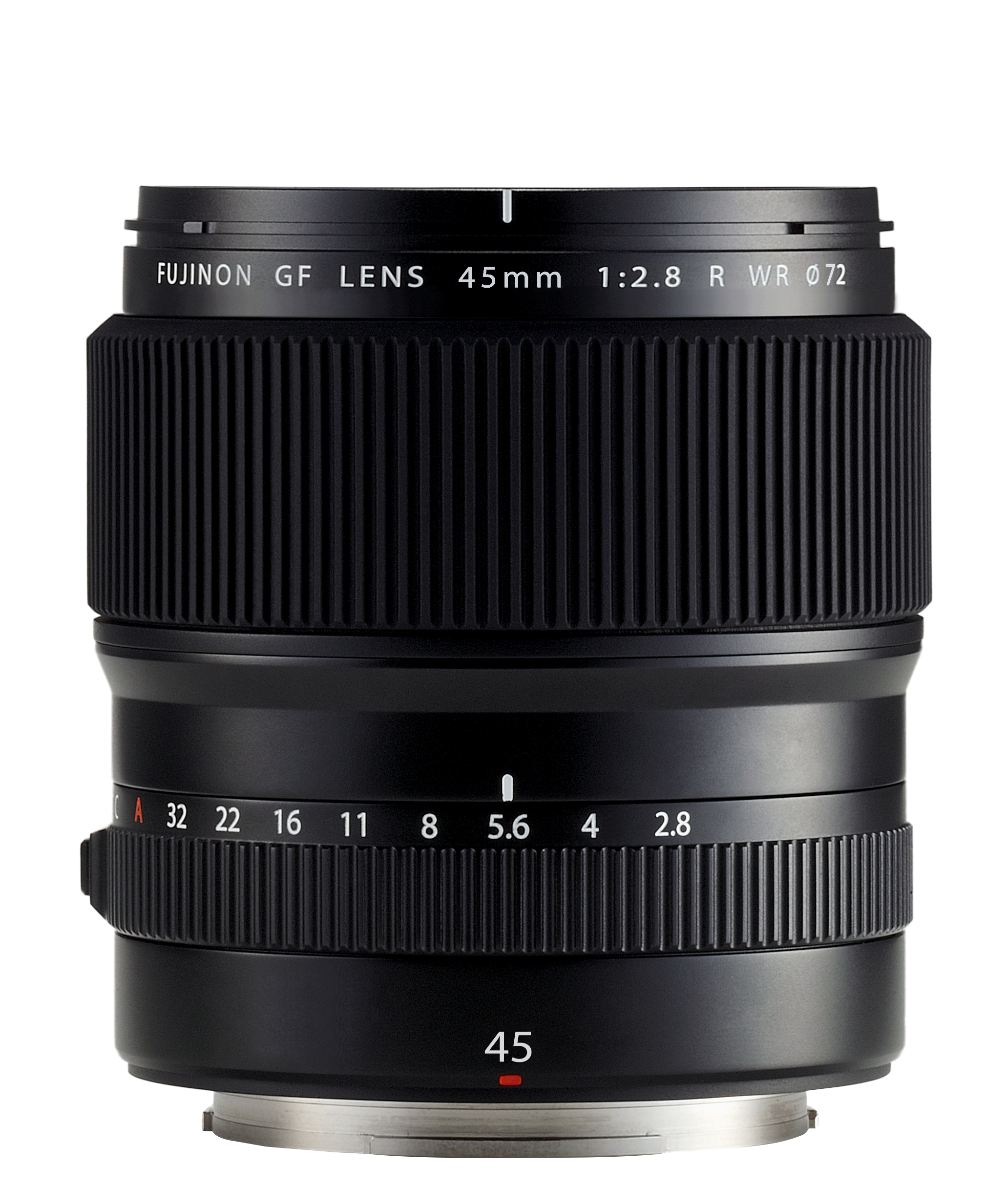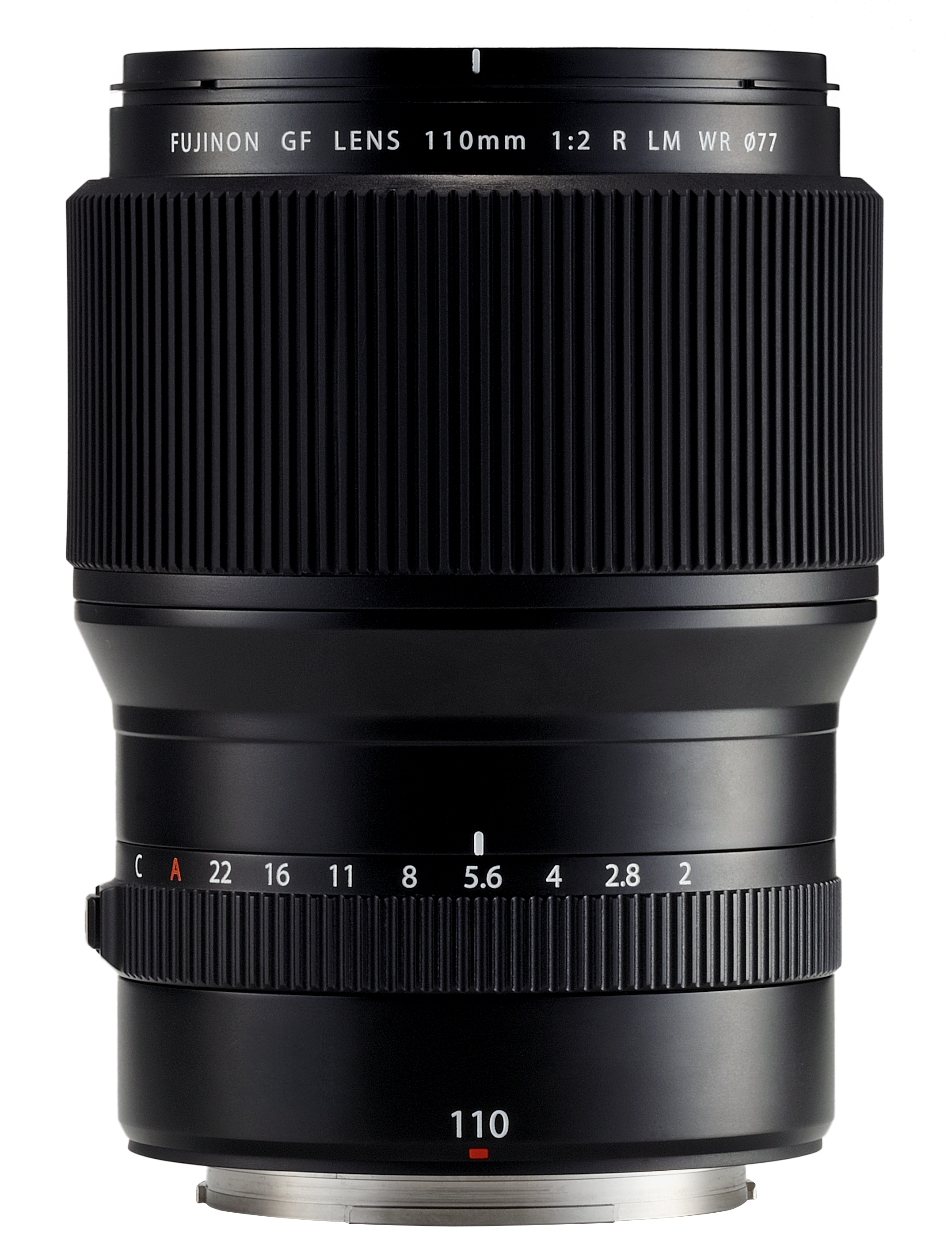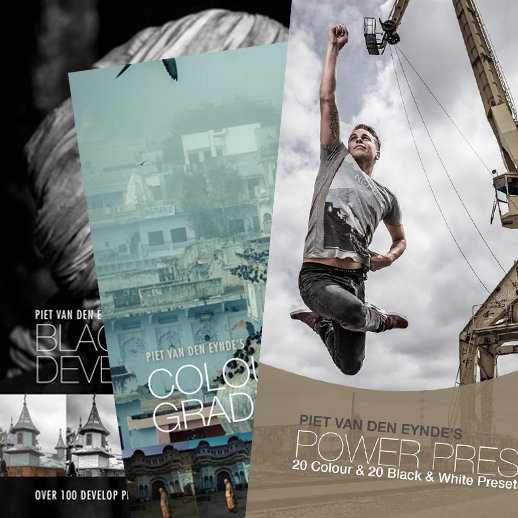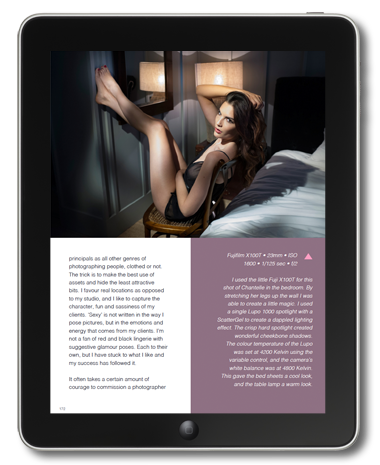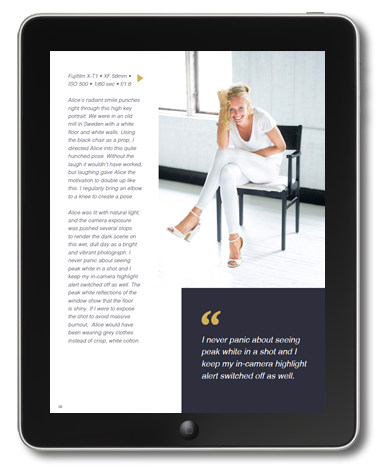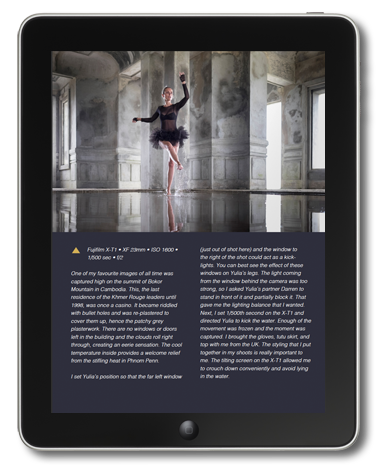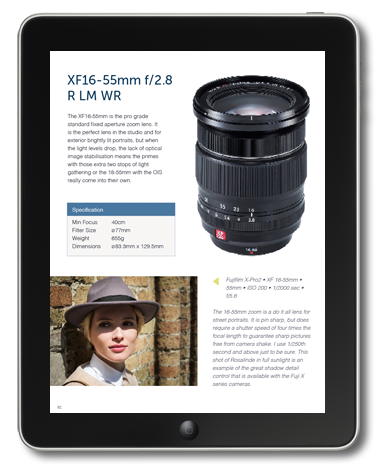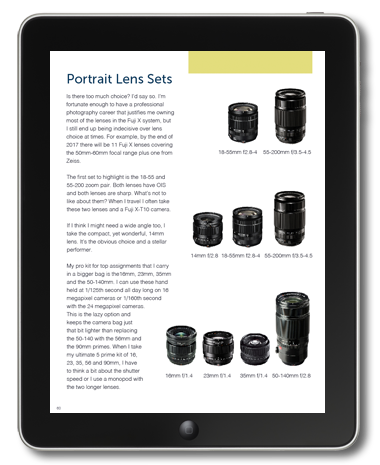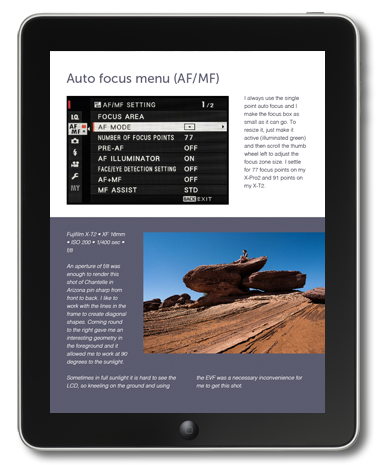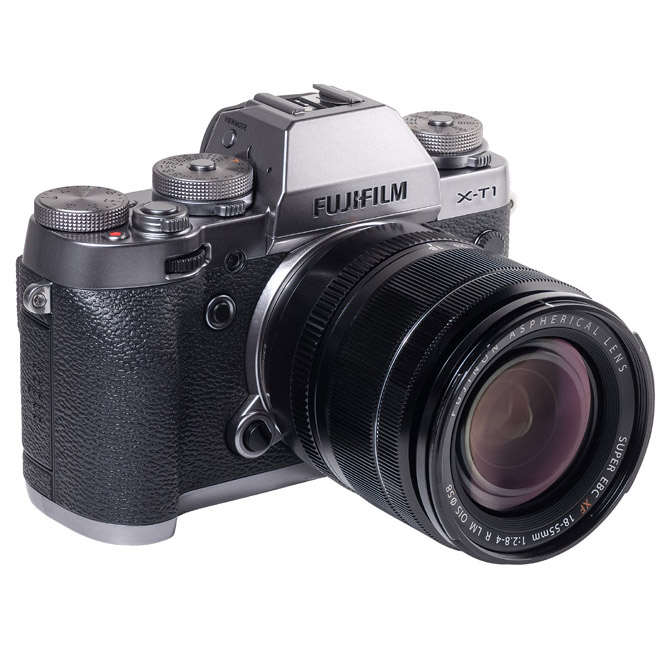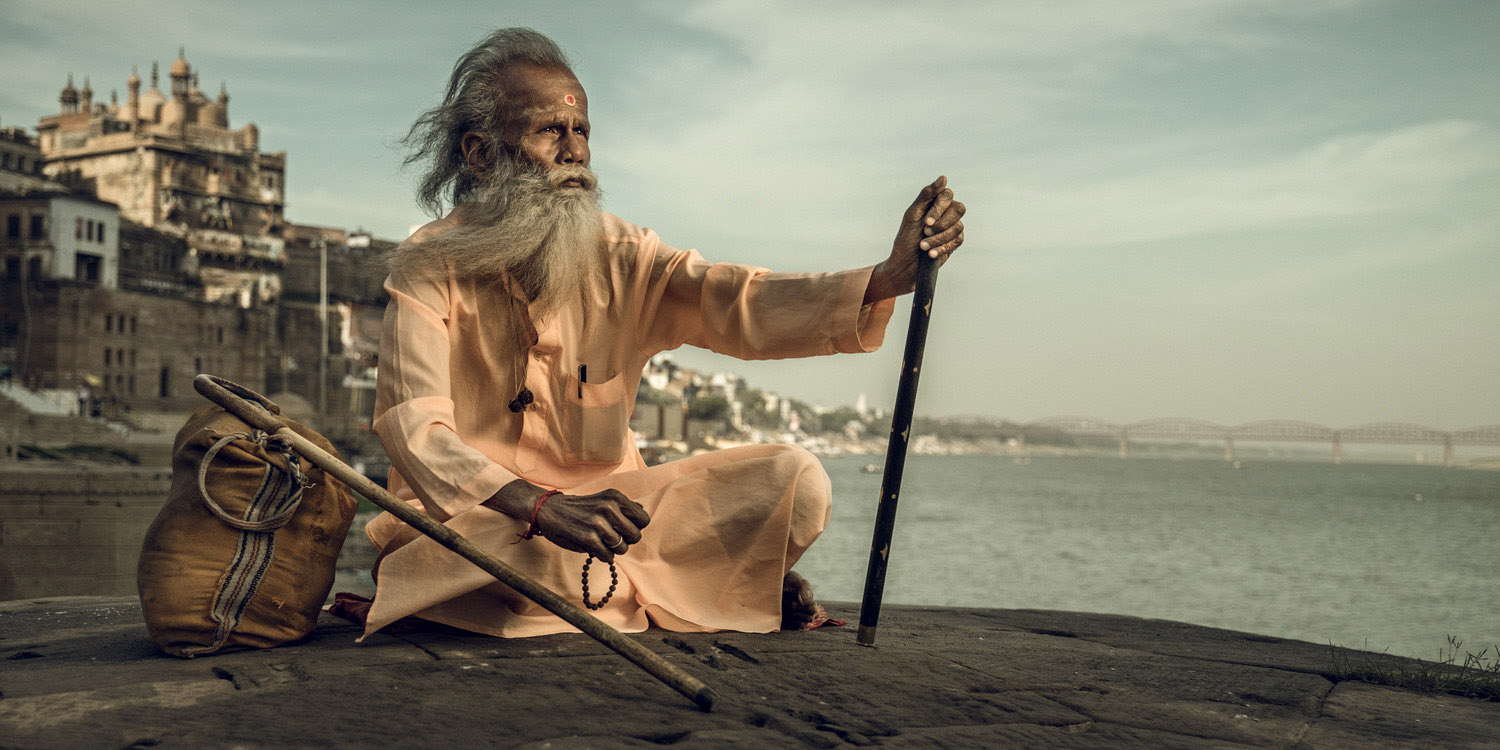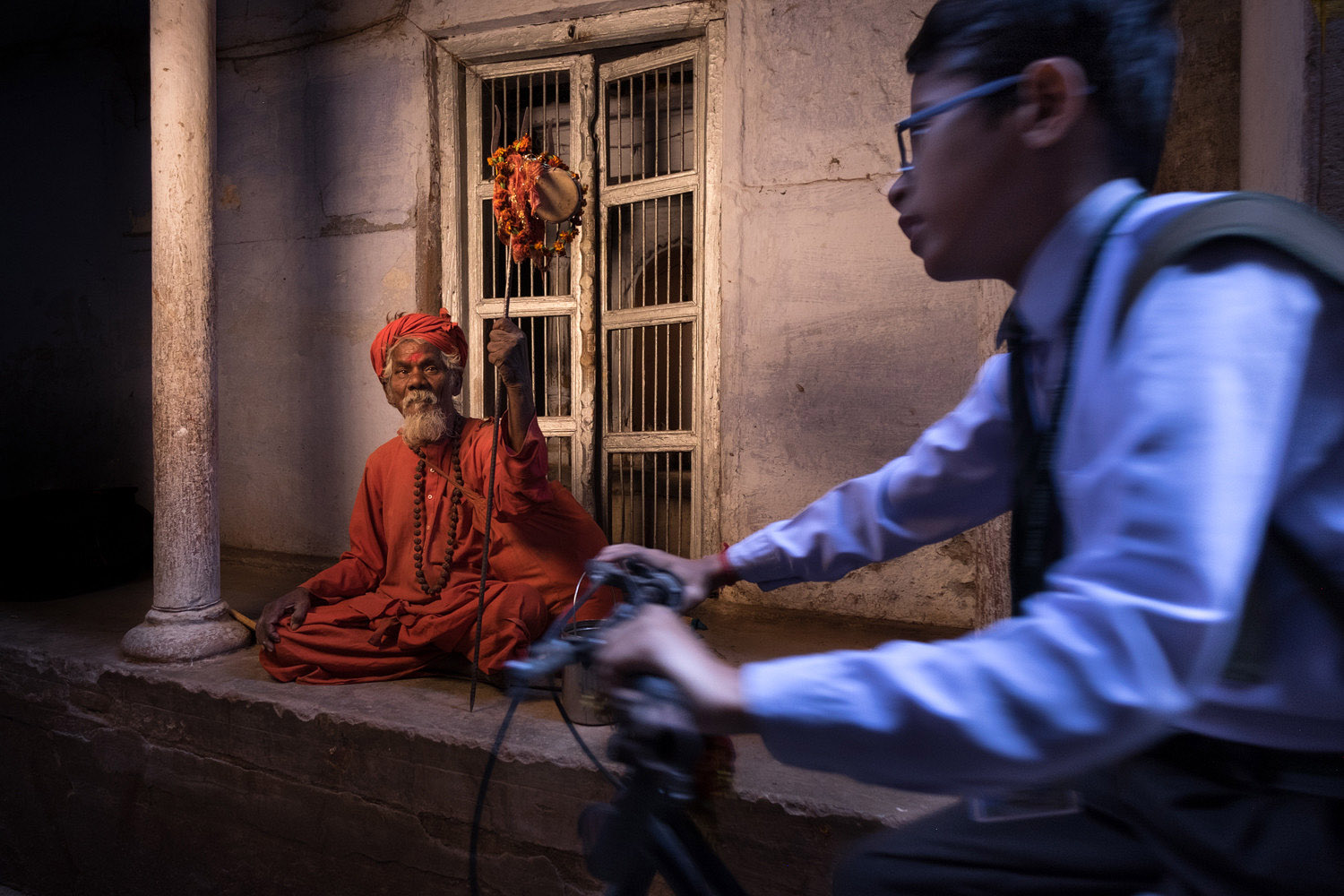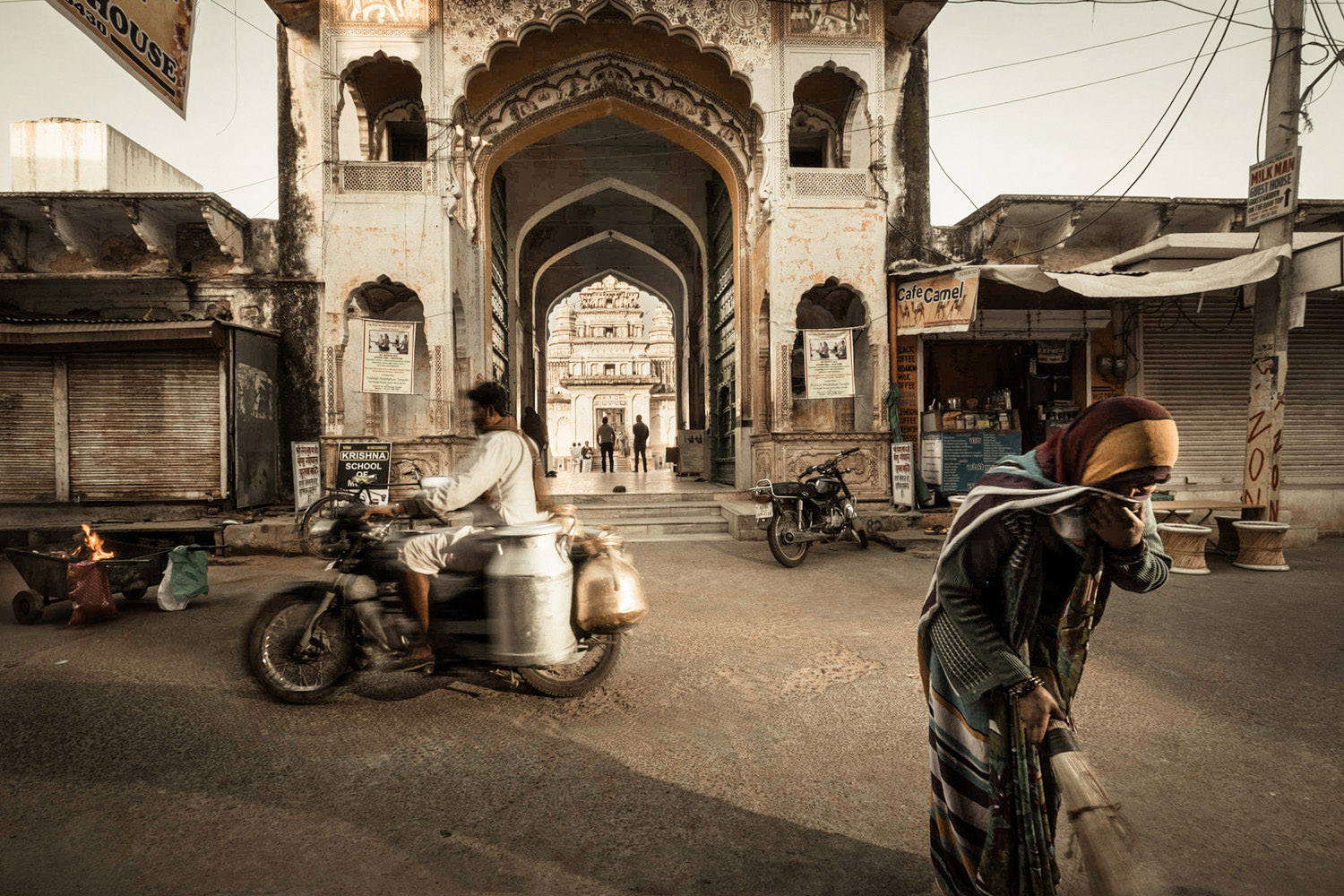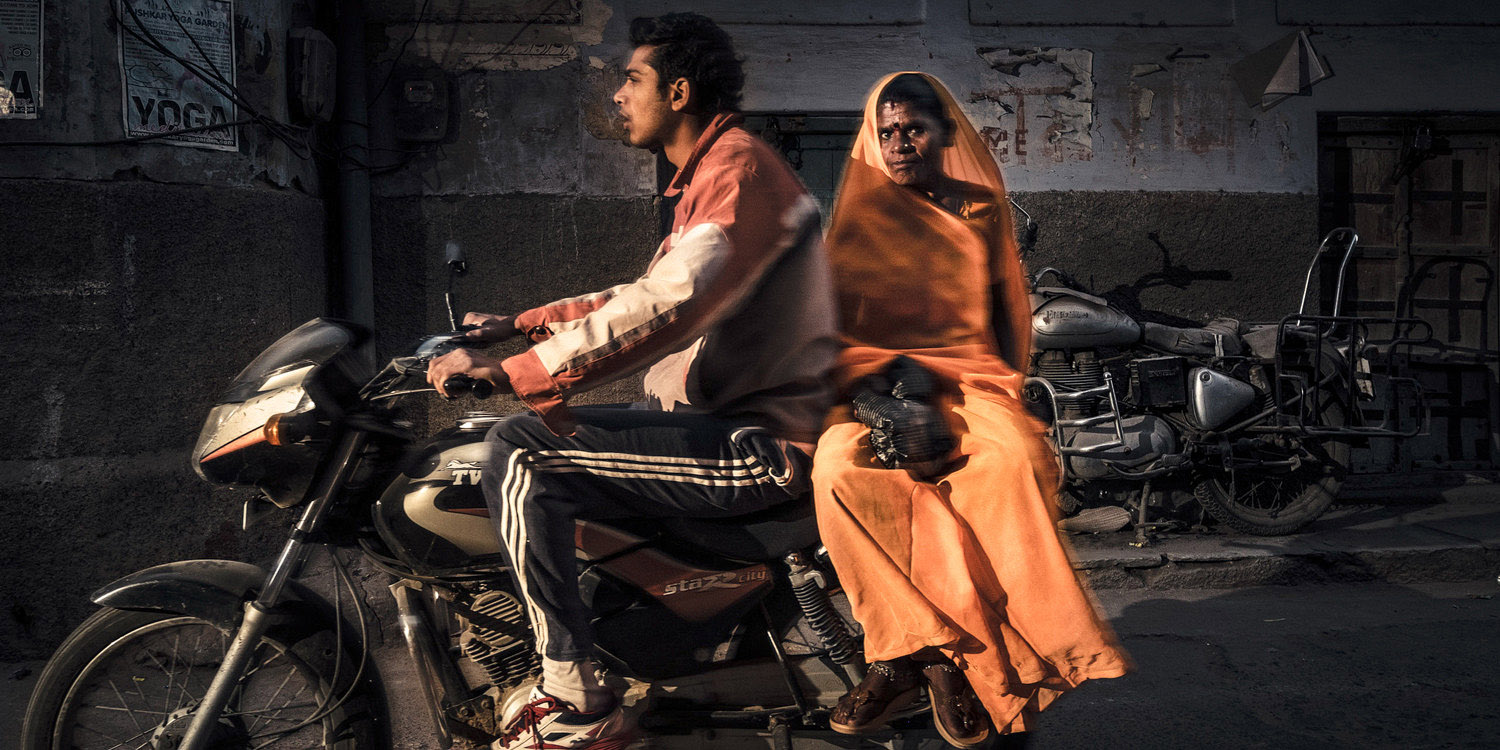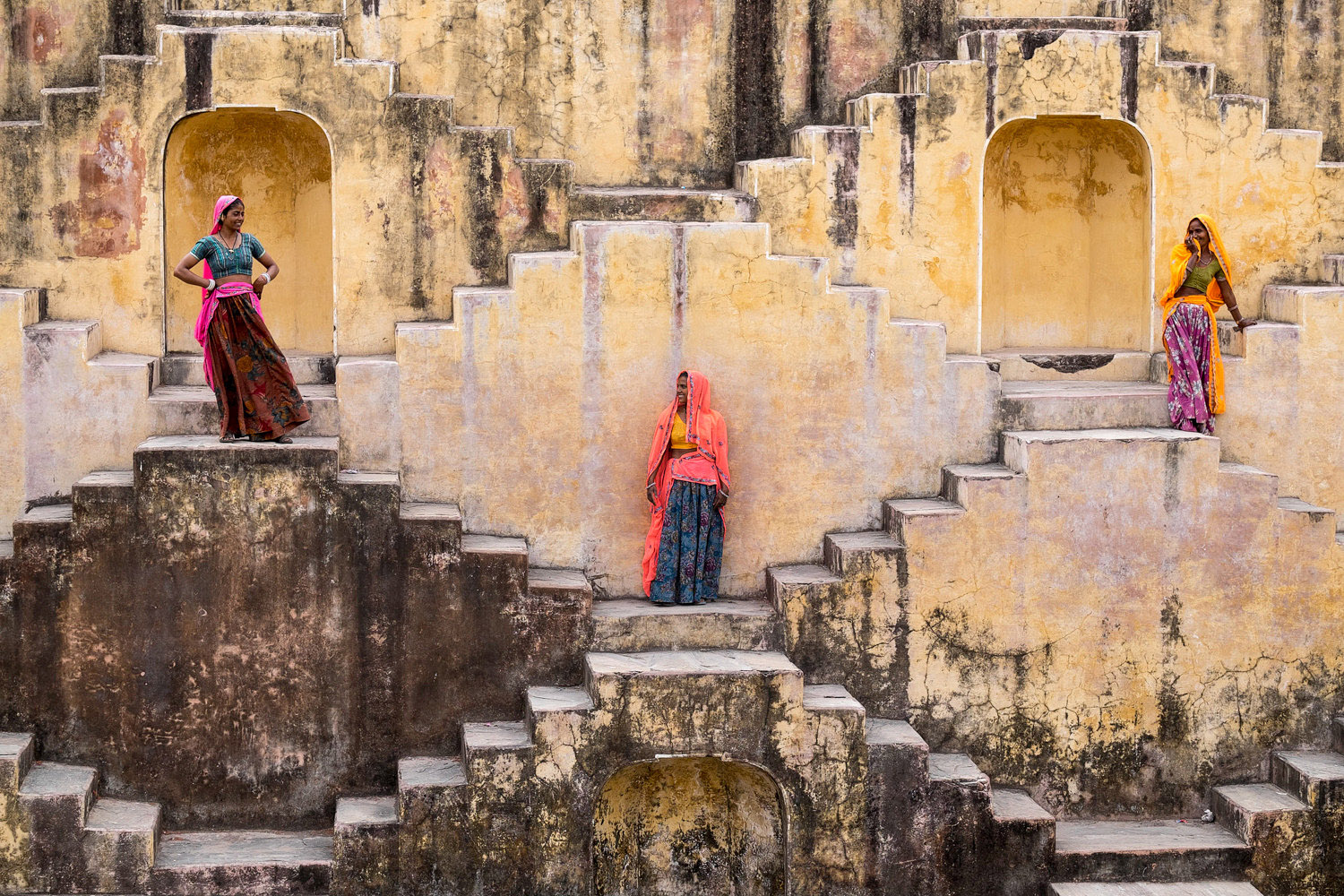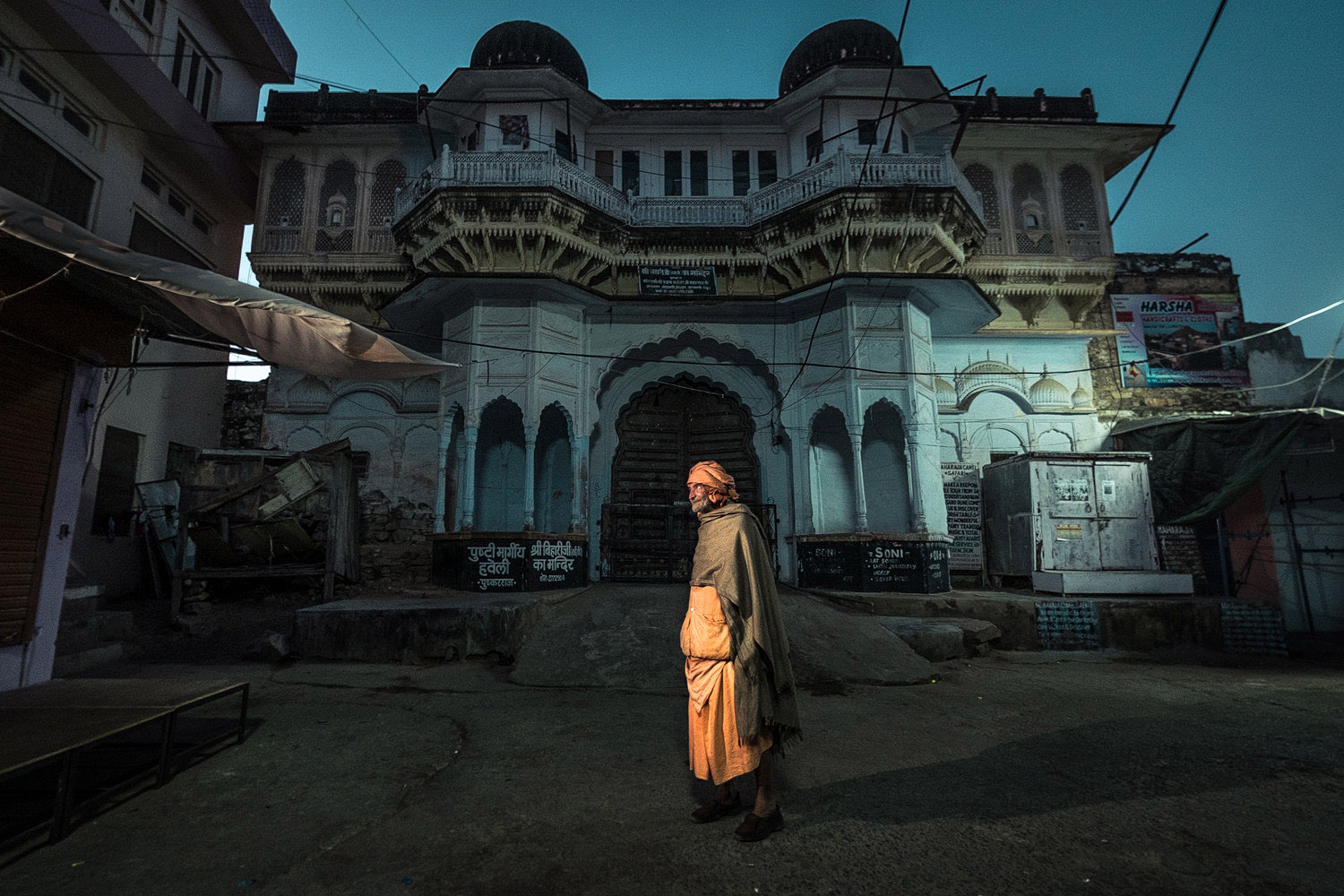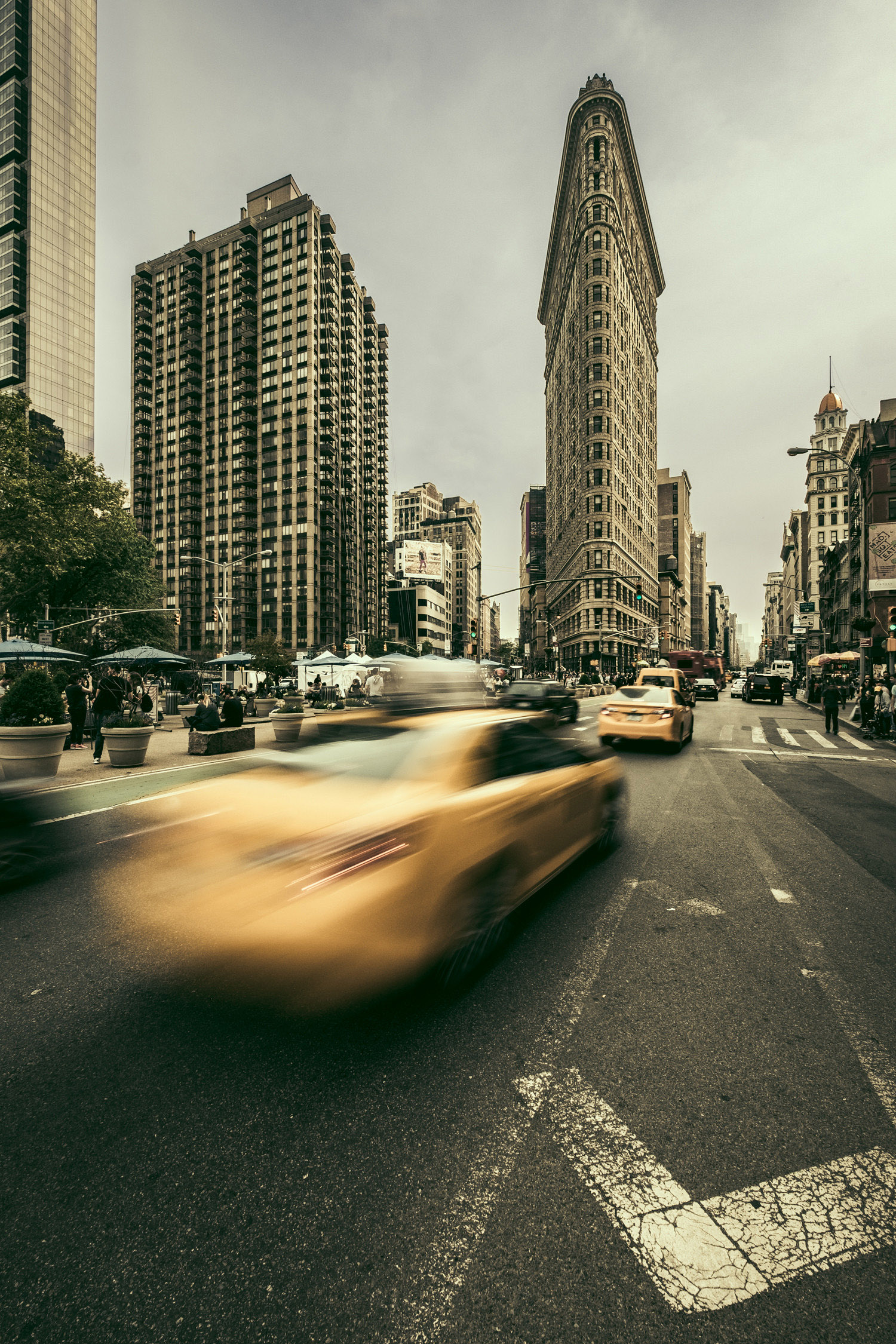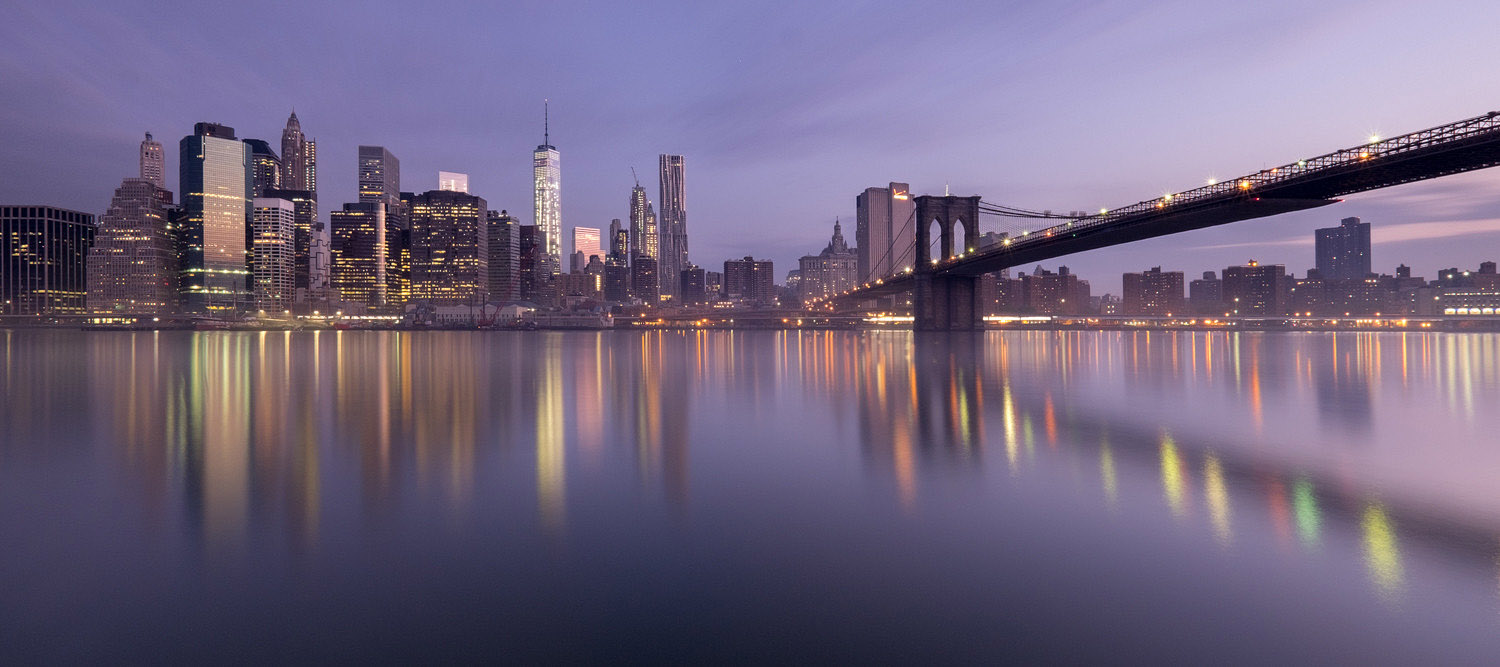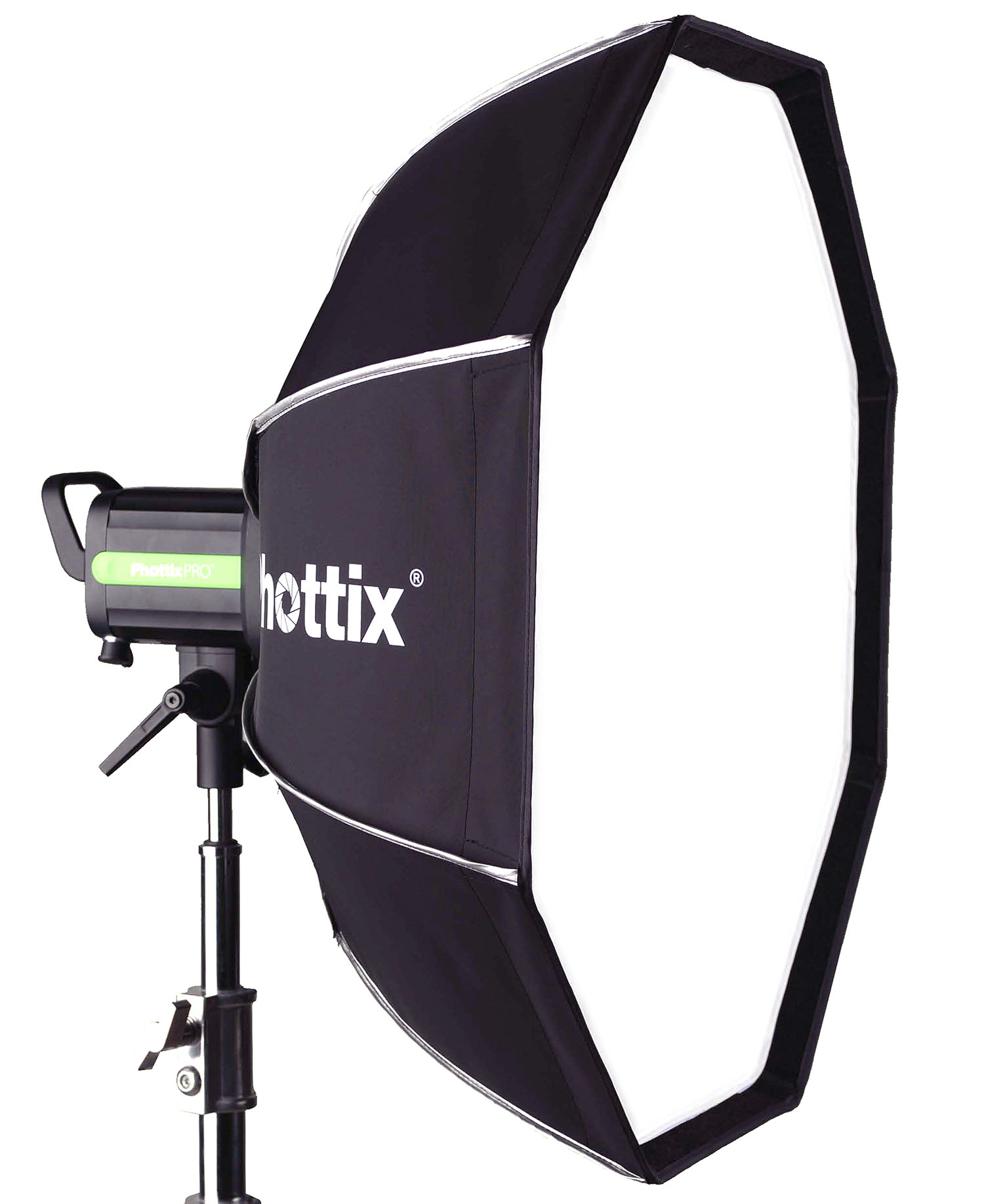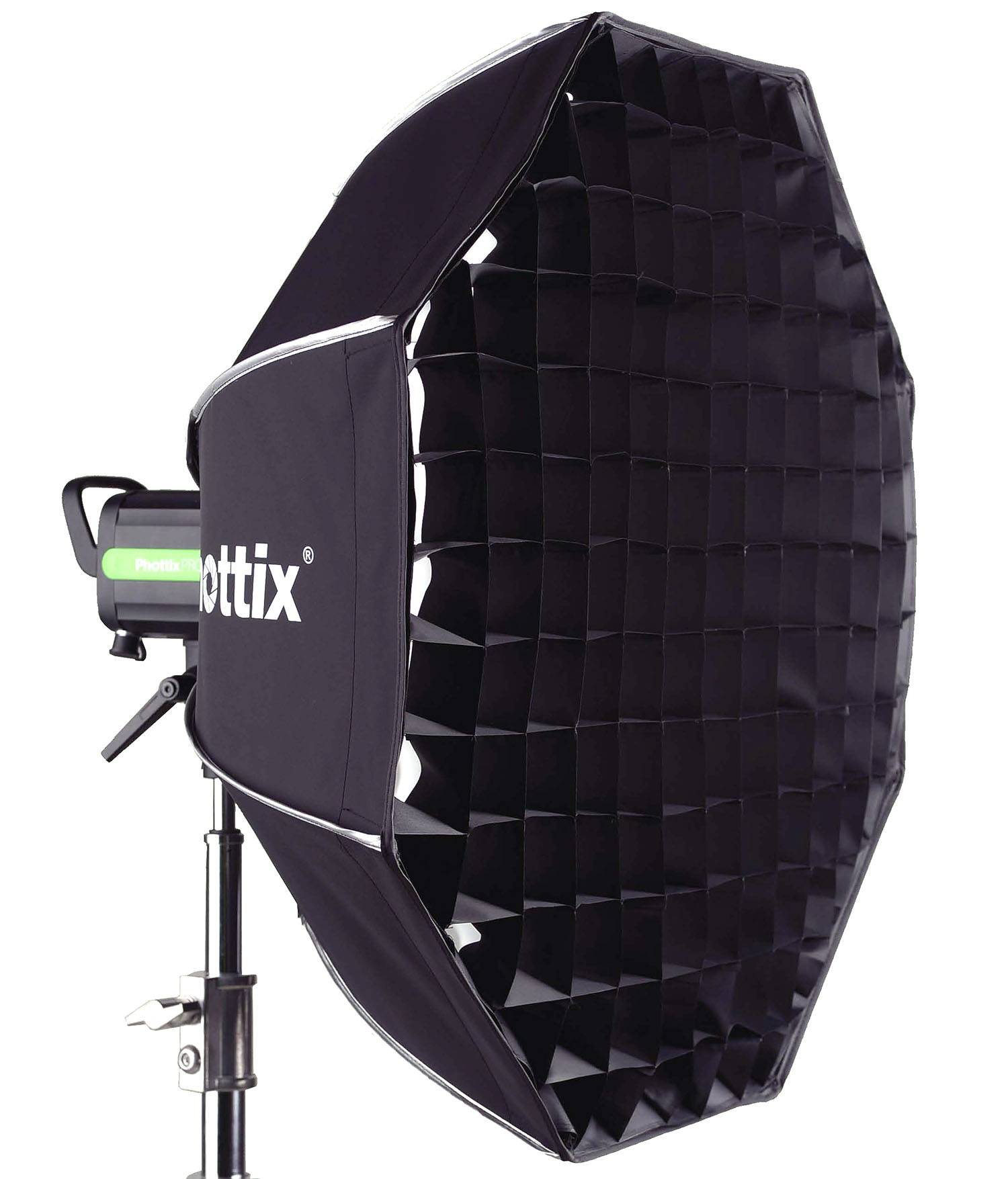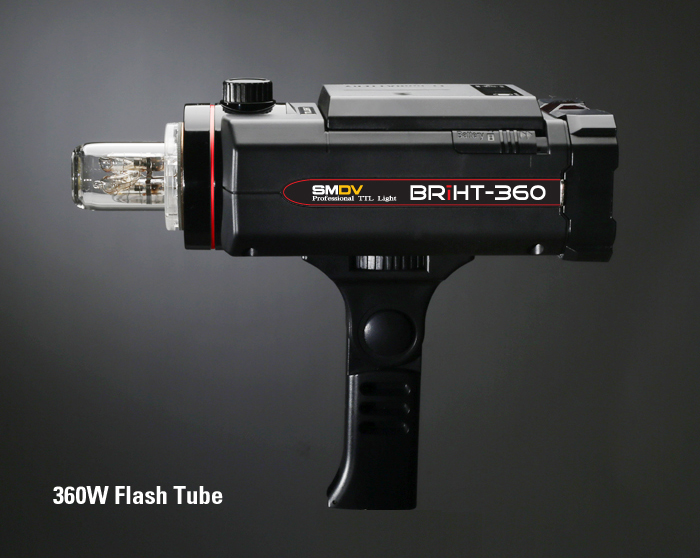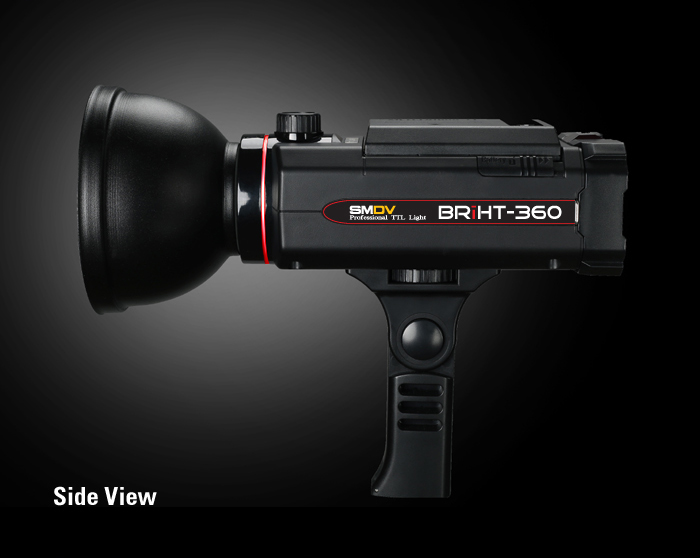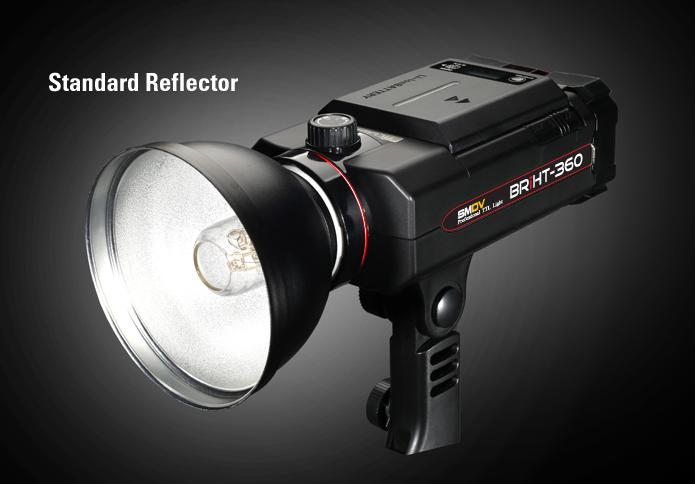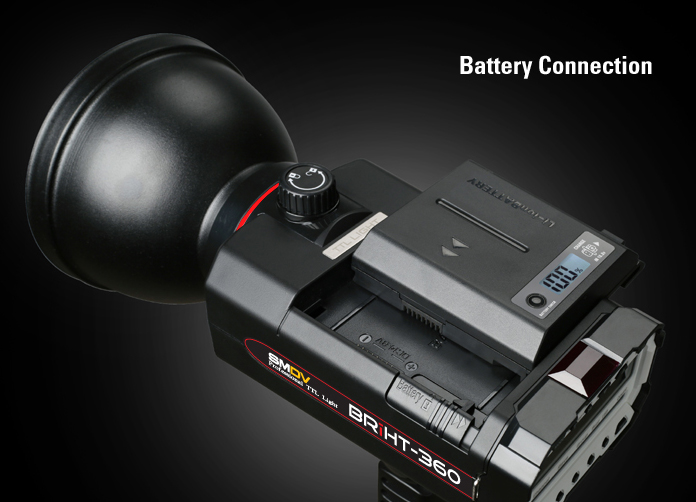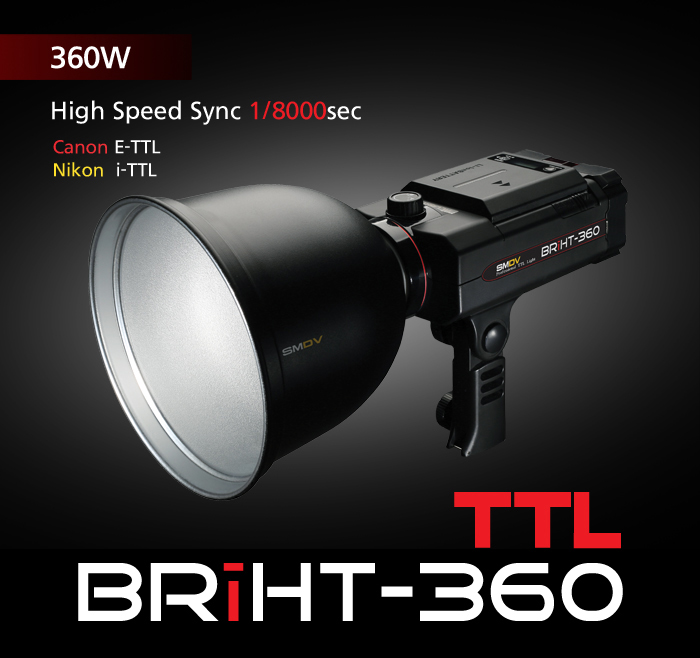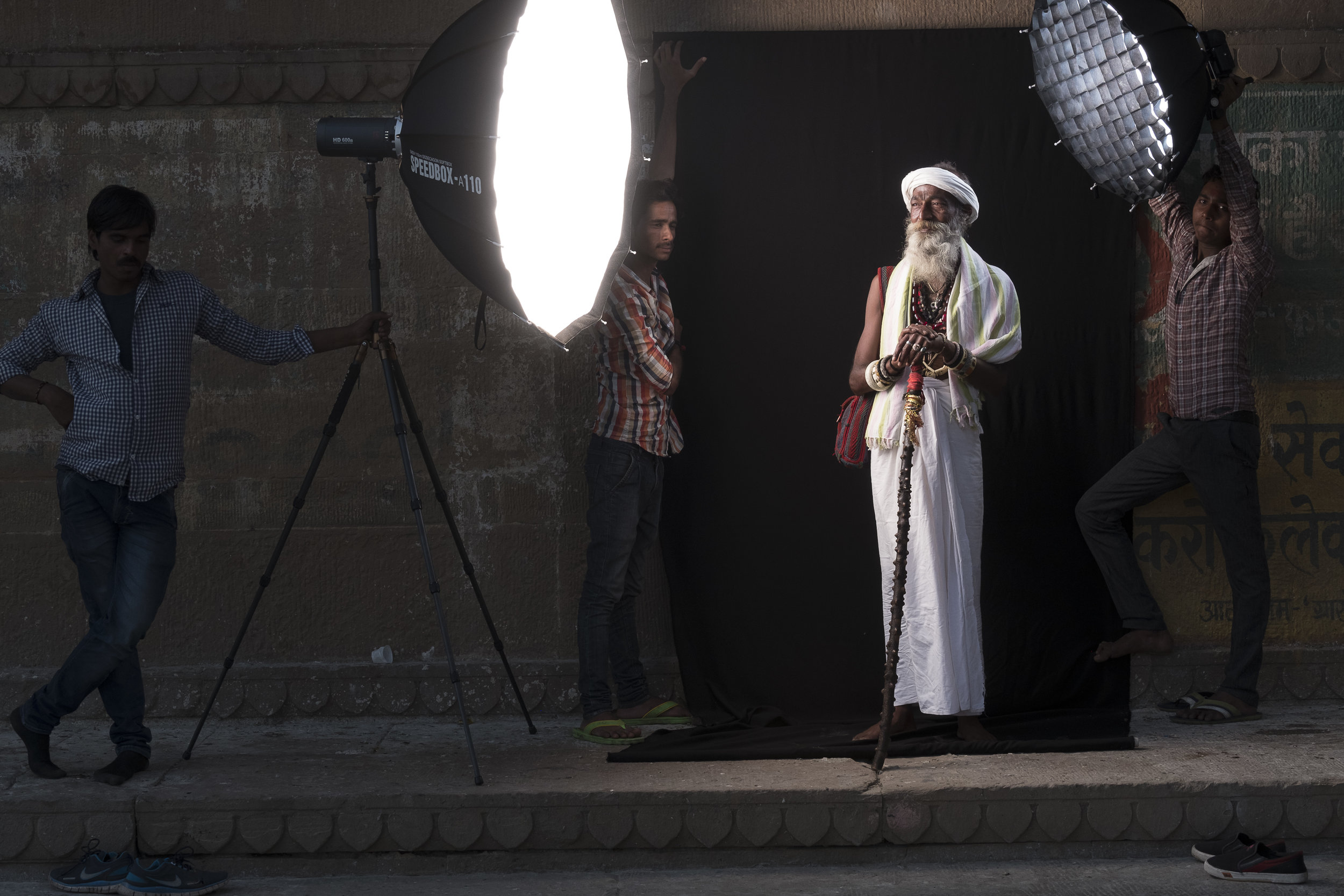The short story
Google have announced that it will no longer support the Nik Collection. In true David versus Goliath style, German photographer Sascha Rheker started an online petition on change.org. If you're a Nik Collection user, it's well worth one minute of your time to vote.
The long story
Even if you're only a halfway regular reader of this blog, you know I was and still am a big fan of the Nik Collection. In fact, a few of you reading this might use the Nik Collection because I recommended it to you.
In September 2012 - I cannot believe that's almost five years ago - Google acquired Nik. Not so much for the Nik Collection, but rather because Google had set their eyes on Snapseed, Nik's mobile app. By the way, if you're looking for an excellent mobile editor on your phone or tablet (iOS and Android), Snapseed is a killer app (iOS link here, Android link here). It's basically the mobile version of the Nik Collection and it's entirely free.
One of the few, if not the only problem with the Nik Collection when it was still owned, developed and maintained by Nik Software GmbH was that it was pricey: around $200 for a single plugin, $300 for the Lightroom-only bundle and a whopping $500 for the Lightroom and Photoshop enabled version of the bundle. So one of the first things Google did was limit the number of versions to only one: the Lightroom and Photoshop bundle and drop its price to $149. They must have sold a virtual truckload. But if you buy software, even if it's discounted, and if you start to build your workflow around it, it's only fair to expect the company you buy the software from to keep updating it.
And this is where things started to go progressively bad: when Google made the software totally free last year, this move was also interpreted by some as the beginning of the end.
And indeed, one year later, Google have discreetly put up a banner on their website saying the Nik Collection will no longer be supported. Now, we kind of had come to expect that there wouldn't be any new features, but now, the message clearly states that there won't be any OS compatibility updates either. You can still download it for free, and use it for as long as your particular OS and hardware will support it, but basically Google is saying not to bother them nor to expect solutions if problems arise.
Silver Efex Pro 2 is now eight years old. In software terms, it's a dinosaur. Yet, its algorithms are still some of the finest that I know and if my regular Lightroom preset based workflow does not do the trick, I know that there's always Silver Efex Pro to turn to for rescue. Not to mention the power of the Control Point Technology.
On both my systems, the Collection is still working (I did have to manually copy over the Nik Collection folder from my Photoshop CC2015 Plugins folder to my CC2017 Plugins folder) but there are already reports of people where the Collection has stopped working.
What can you do?
I'm very much afraid that there is little we can do about this. The chances of Google turning this Open Source are very slim, because they still use an important part of the technology in Snapseed. The chances of them selling the patented tech to say Adobe, are slim, too... Personally, I don't need any new features - in fact I think that 8 year old Silver Efex Pro 2 is still miles ahead of any of the competing plug-ins - but I wouldn't mind paying for the software if at least compatibility updates would be guaranteed. Right now, there's little motivation to start or continue to use a piece of software if you know that any day you're using it might be the last. In fact, over the past years I noticed I have started using the Nik Collection (or any other plug-in for that matter) less and less, and try to do as much as possible in Lightroom. For my Black & White work, for example, I have created a set of Black & White Lightroom presets that I do 95 percent of my B&W work with, but for those cases where these presets fall short, I know that generally Silver Efex would have my back. And I hate to see that alternative go to waste.
Sign the petition!
German Photographer Sascha Rheker started an online petition on change.org. At the time I'm writing this, he has already reached over 10.000 virtual signatures, including mine. Now, personally, I'm rather sceptical about the petition's potential impact: 10.000 people probably don't even cause a blimp on the Google management's radar (unless they're wearing Google Glasses, maybe) but on the other hand, it's about the only thing any of us can do anyway (the only other solution being keeping a dedicated computer around for the Nik Collection and never updating it anymore). And there's still that story about David and Goliath, remember?
Other Nik-Collection related content
Now, for many of you, the Nik Collection isn't dead yet and it's still working as good as it did yesterday, So if you want to learn more about it (and if you happen to speak Dutch), last year, I created a 4 hour video course covering all of the Nik Collection plug-ins for my subscription-based Dutch training website www.photofactsacademy.nl. I also have a (Dutch) training video on Snapseed.
Below are a couple of shorter English tutorials and blog-posts that are Nik-related. I heartily recommend this one, where I show you how you can use Silver Efex Pro to enhance even your colour images. Hmm, might want to sign that petition after all, might you not?
